As of this week, we've had a banner year for caterpillar raising.
In July, we raised 29 Cabbage White Pieris rapae caterpillars and eggs found on a weedy mustard with yellow flowers in our yard.P. rapae caterpillar on mustard Brassicaceae

P. rapae chrysalis. The "silk support girdle" is just barely visible around the middle. The chrysali ranged in color from green to brown.
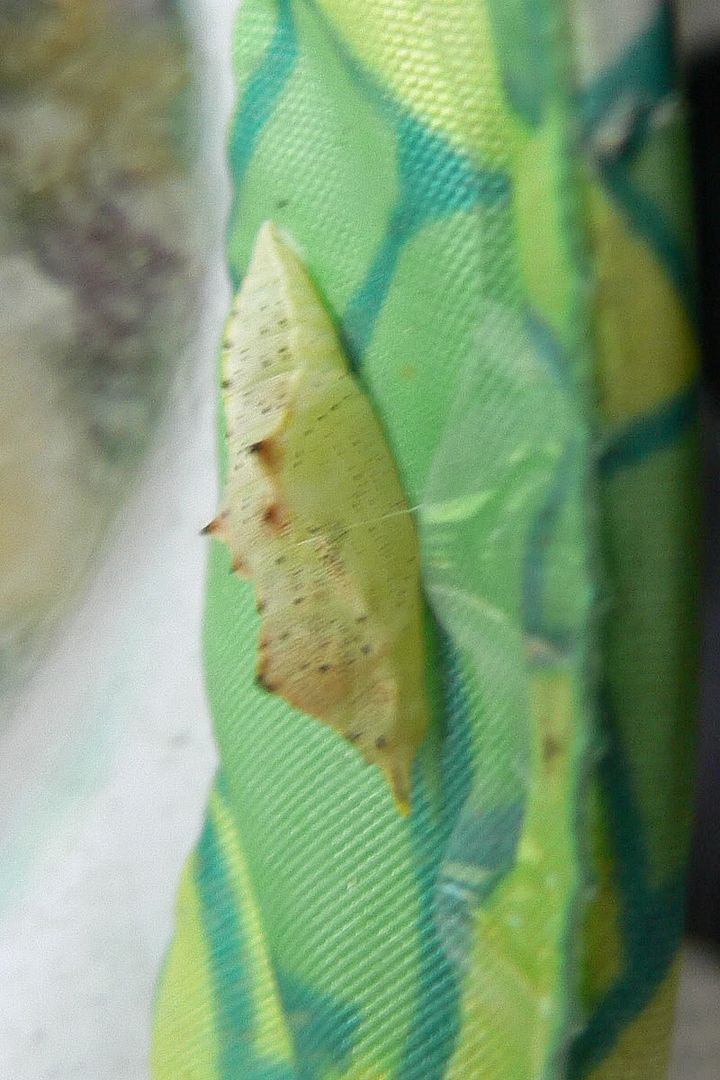
Two weeks ago, I found a momma Variegated Fritillary Euptoieta claudia laying eggs on some violets; I collected 2 and now have two cats.E. claudia caterpillar on Violet (viola sp.)

Then we found a Spicebush Swallowtail Papilio troilus egg, which hatched yesterday.P. troilus egg on spicebush (Lindera benzoin)

Freshly hatched P. troilus with egg chorion still on him. Within two hours, he had consumed the egg-shell and was much darker
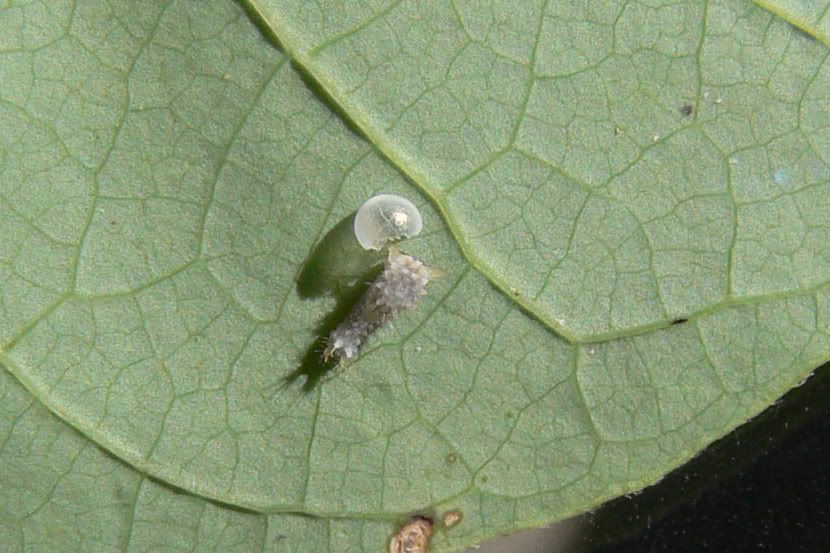
Then followed a veritable army of Milkweed Tussock Moth Euchaetes egle caterpillars. We're raising ONE and ONLY ONE.The lucky Tussock Moth cat. He looks ready to pupate.
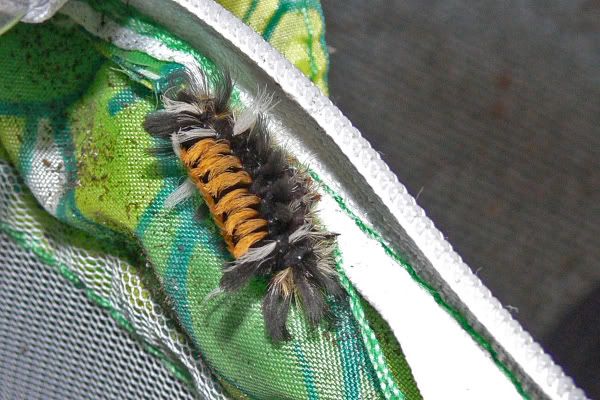
Then, three days ago, I saw a Monarch Danaus plexippus laying on the newly planted swamp milkweed. YES! With all said and done, we have 39 Monarch caterpillars and eggs. Yikes!One batch of collected D. plexippus. Leaves on the left have cats; leaves on the right have eggs.
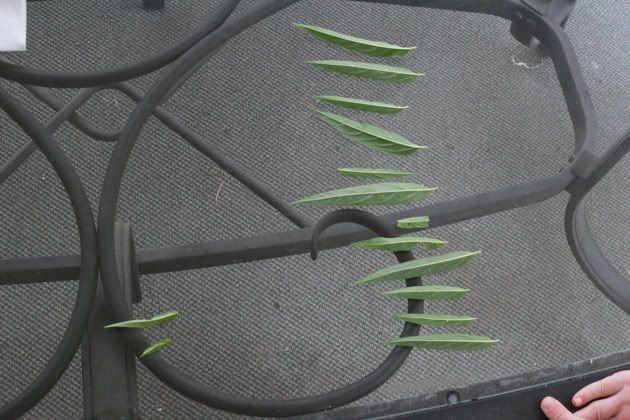
D. plexippus egg ready to hatch. Note the ribbed, cylindrical shape that contrasts with the spherical shape of Papilio eggs.
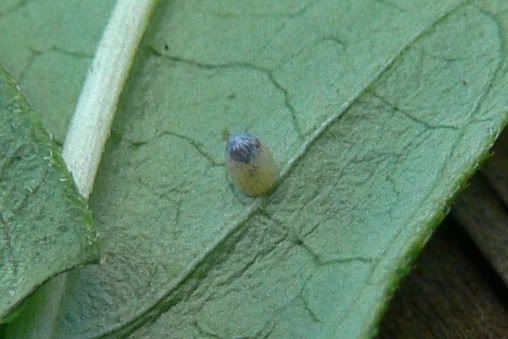
D. plexippus caterpillar consuming eggshell right after hatching

D. plexippus caterpillar hanging out on Swamp Milkweed (Asclepius incarnata). The hand is a child's, for size comparison.
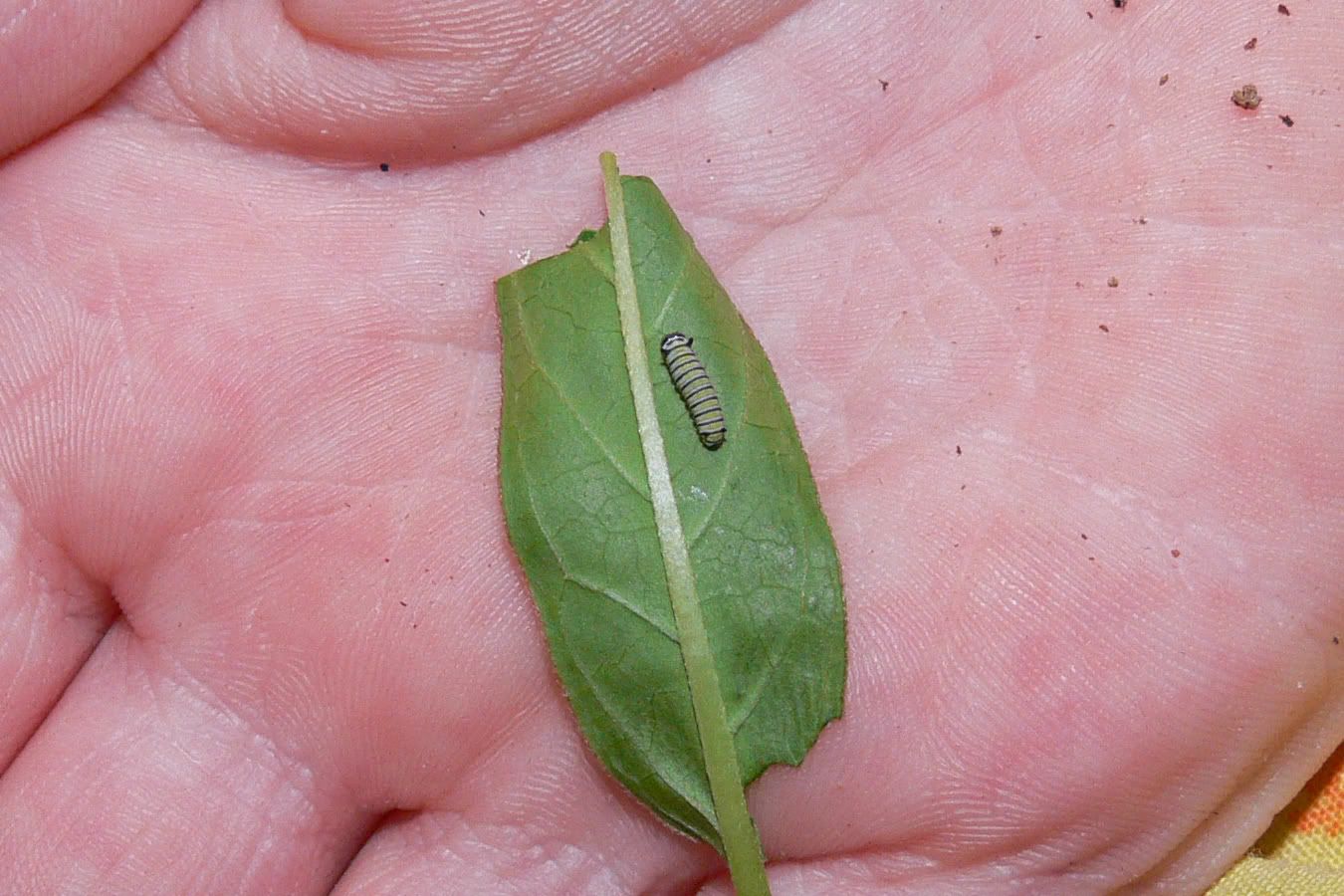
This is a record for both number of species raised (4 5 6 7) and for total number of cats raised (72 legion, if all are successful).
Update: we've continued to find Monarch cats on the Asclepia incarnata. Go milkweed! Also, the dill produced a large Black Swallowtail caterpillar who will probably be a chrysalis by morning. I've also found a couple of Common Sootywing cats on lambsquarter, but I'm leaving them to overwinter in their leaves.
Update 10/23/08: In the end, many of the Monarch eggs didn't make it. It was my fault for putting the day-old caterpillars in with larger ones. They simply disappeared, and I fear they were cannibalized. With all that, we released 36 healthy Monarchs, 2 Variagated Fritillaries, and 29 Cabbage Whites this year, and we have one pupa each of Black Swallowtail, Spicebush Swallowtail, and Tussock Moth that are overwintering.
JRC
Read more...
Sunday, August 17, 2008
Raising Caterpillars 2008
Posted by
Jeff Cagle
at
6:16 PM
3
comments
![]()
Labels: Butterflies
Wednesday, August 6, 2008
Brookside Gardens 7/18/08
My good friend Scott and his son accompanied me to Brookside Gardens in Wheaton, MD on July 18. The gardens are lush and attract quite a number of butterflies (Click for shots).
Nymphalids: Limenitidinae
The Common Sergeant Athyma perius
This Admiral relative looks very similar to species of the genus Neptis.
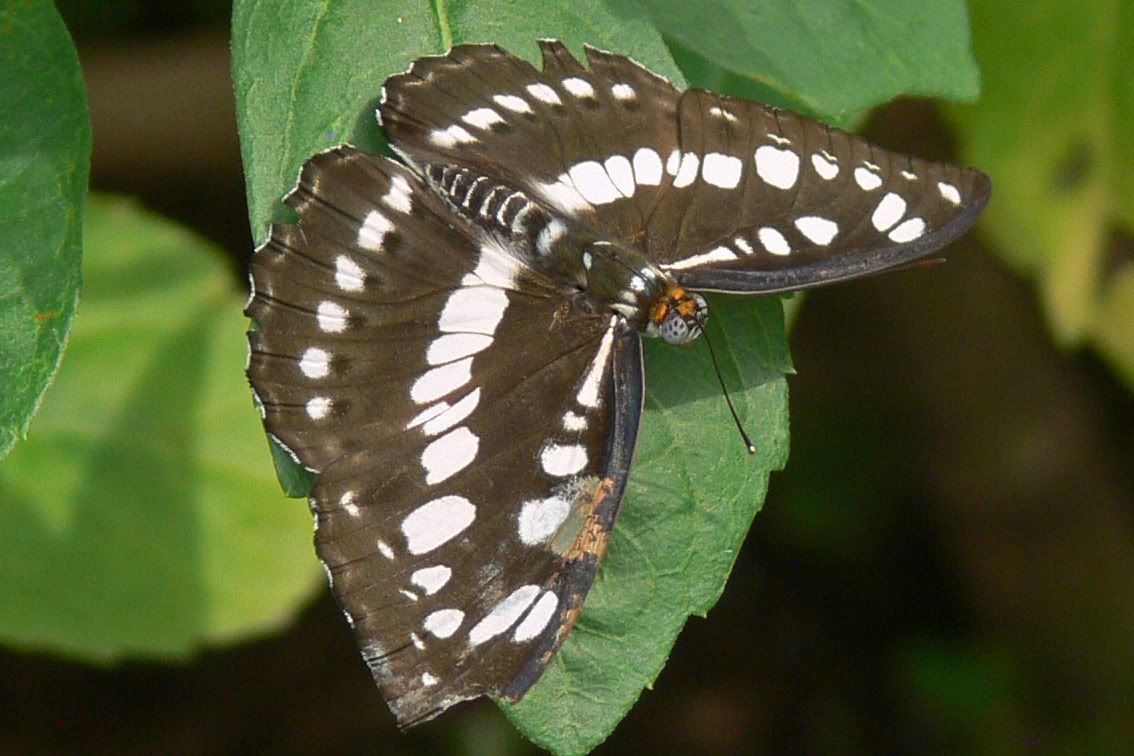

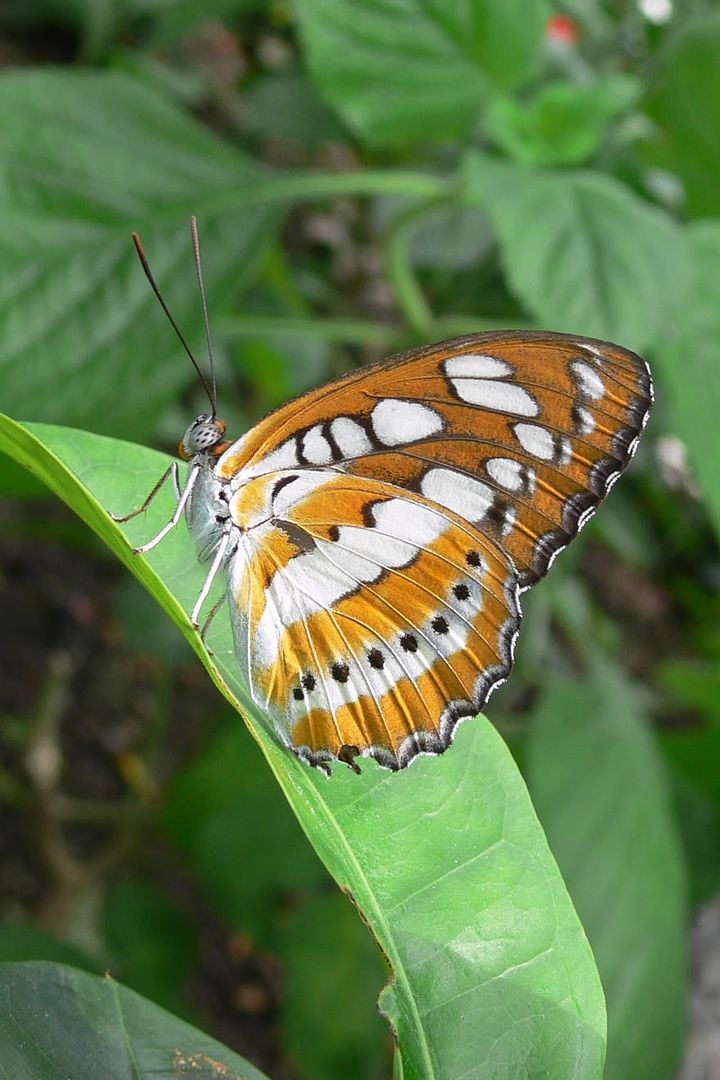
Nymphalids: Heliconiini
Zebra Longwing Heliconius charitonius
The light dusting on these individuals and the Sara Longwings that follow is pollen rather than a camera artifact.
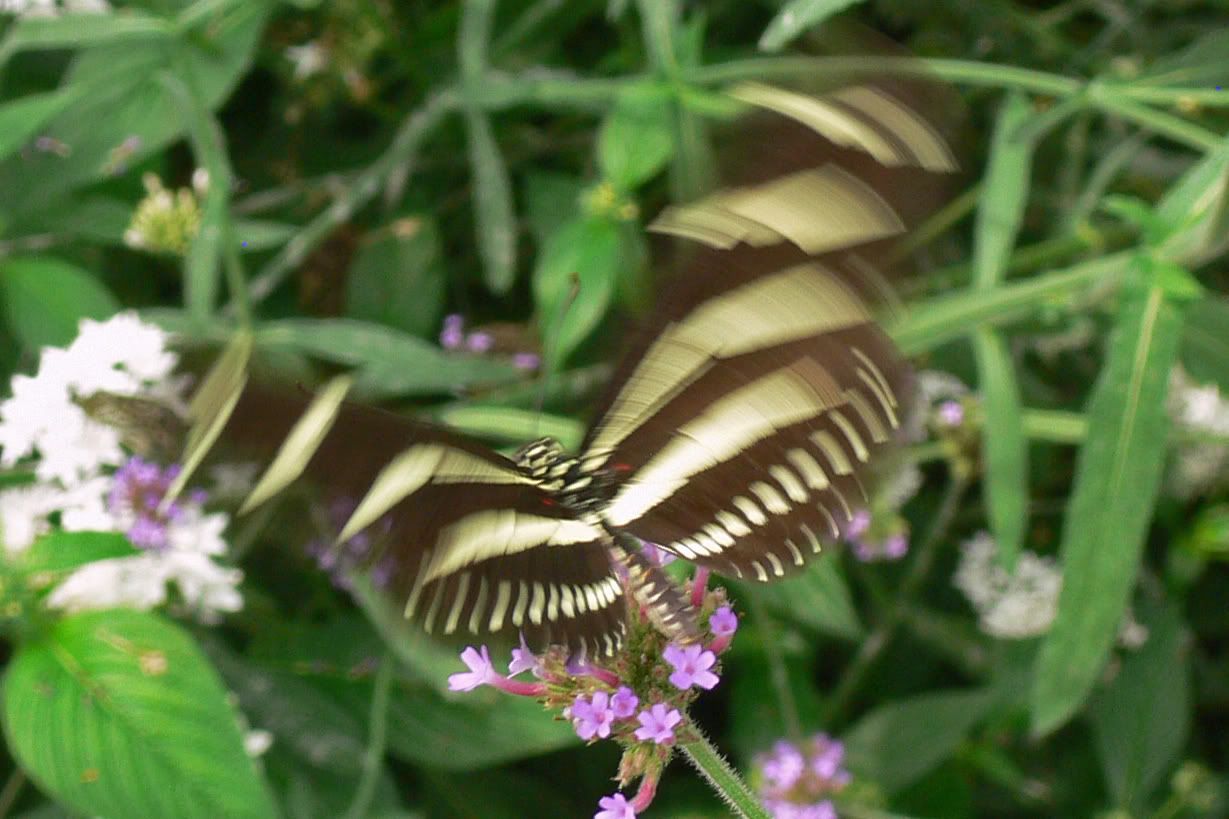
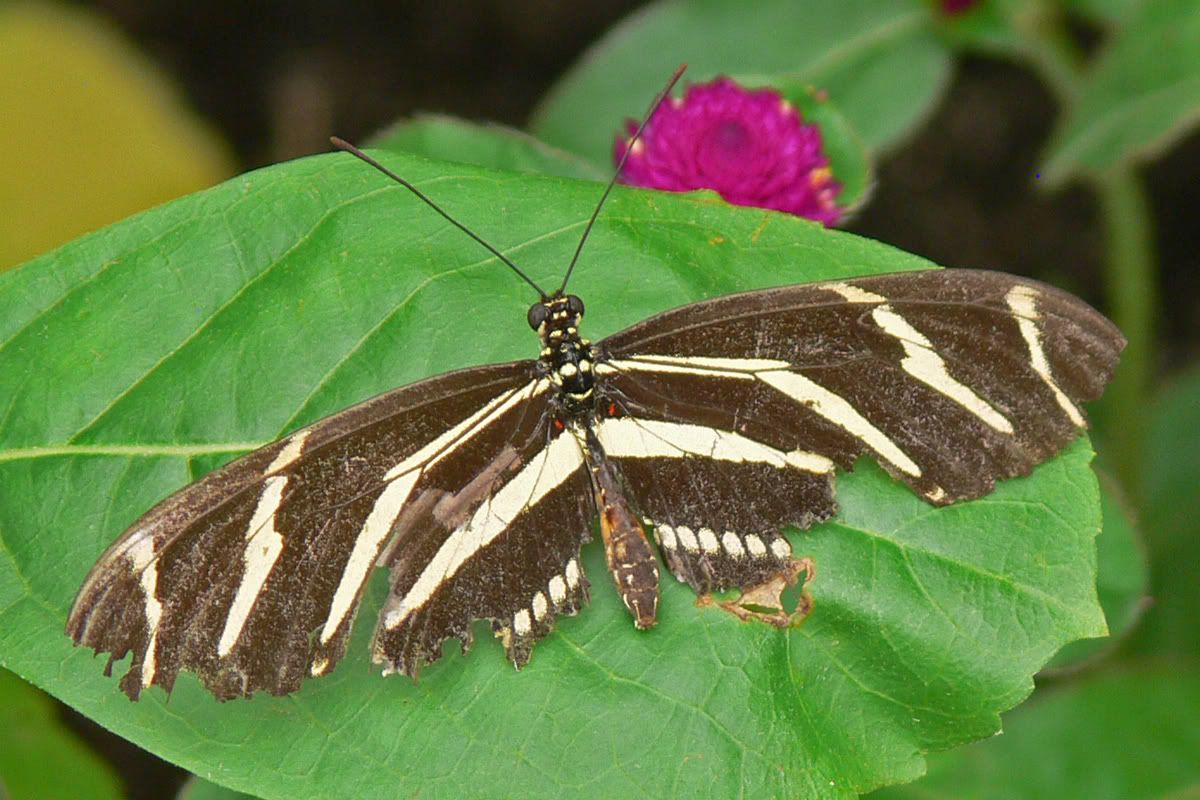

Sara Longwing Heliconius sara

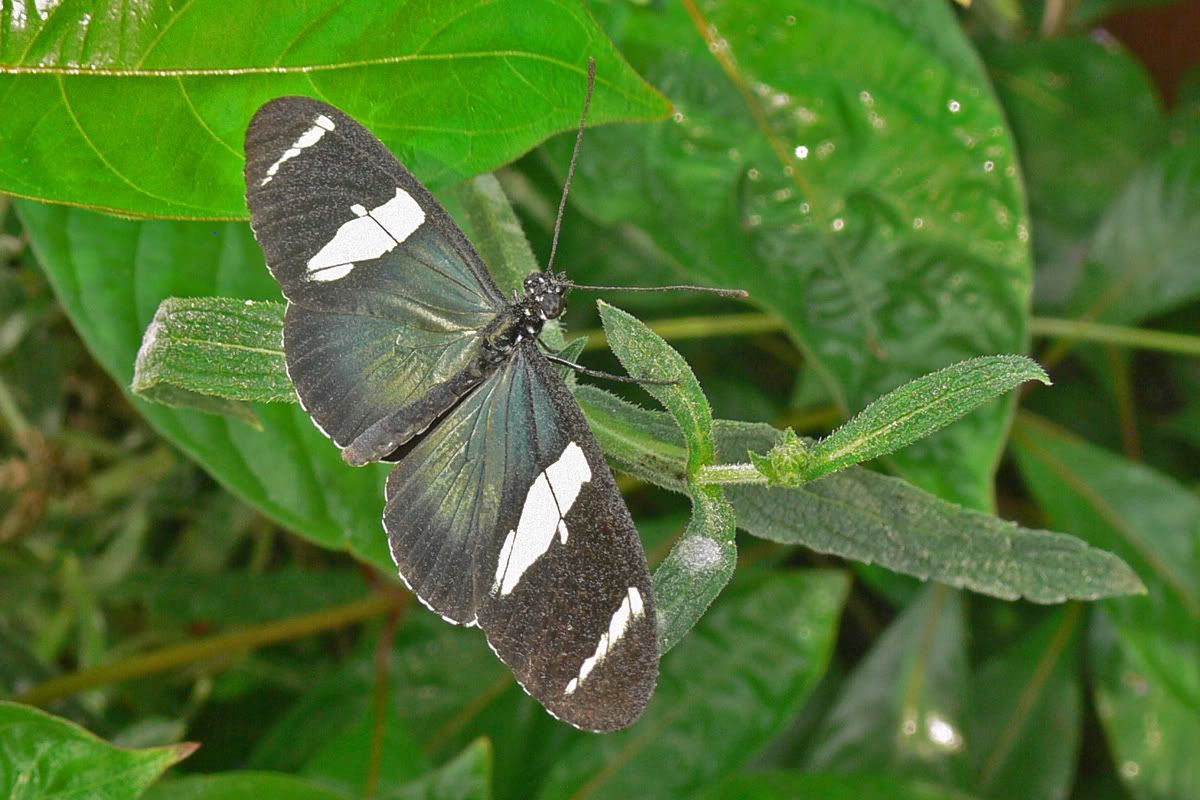
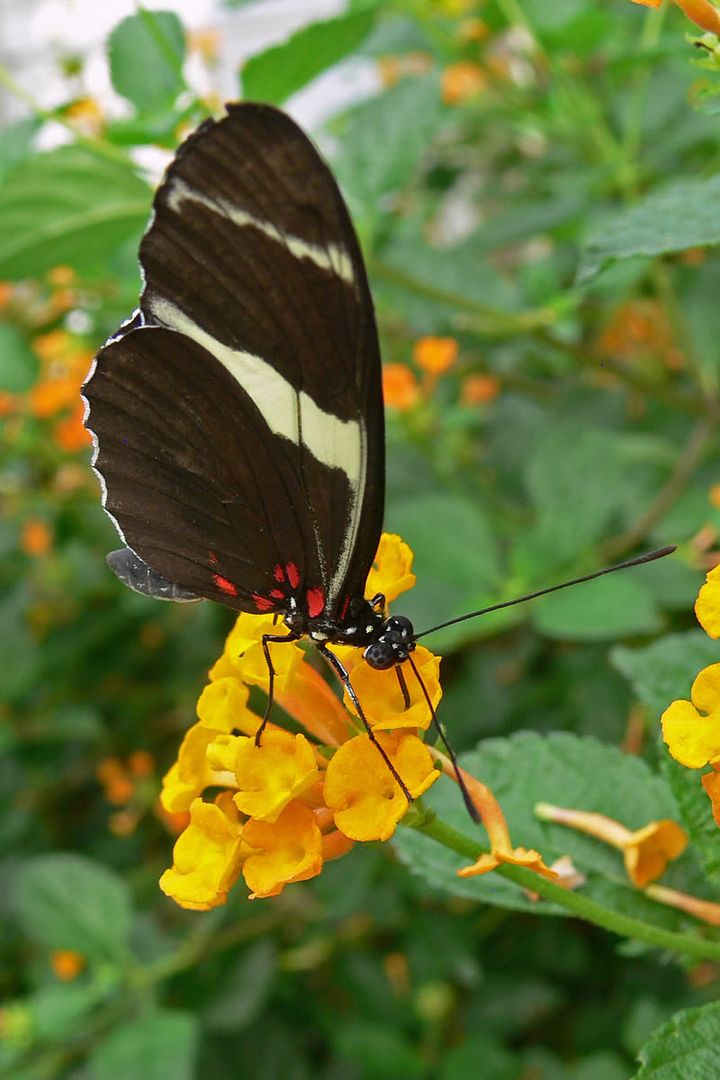
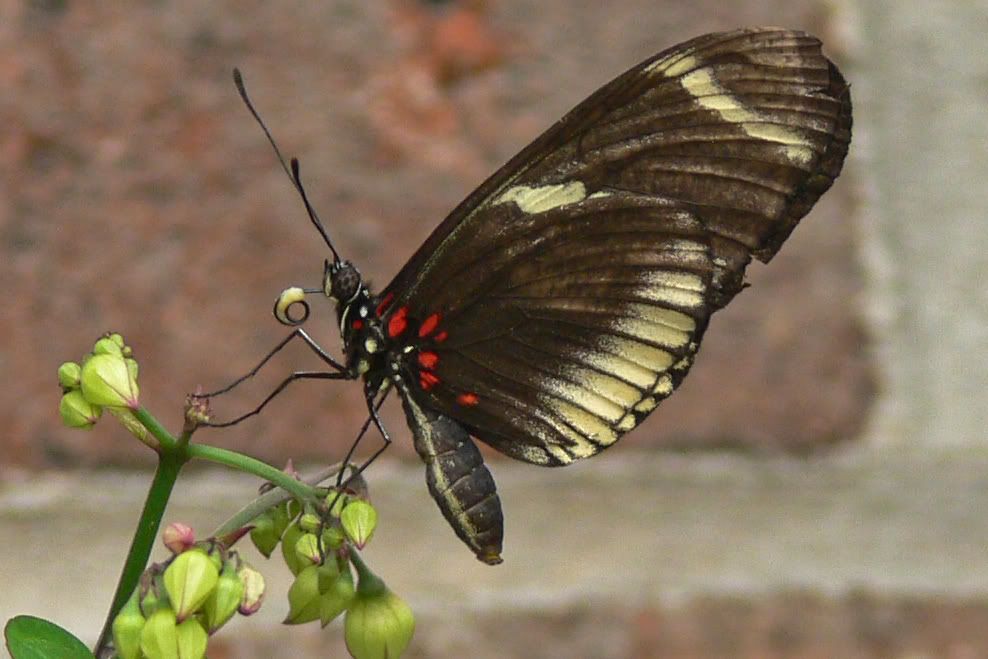
Postman Heliconius erato or H. melpomene
H. erato and H. melpomene are co-mimetic, and I have no idea which this is.
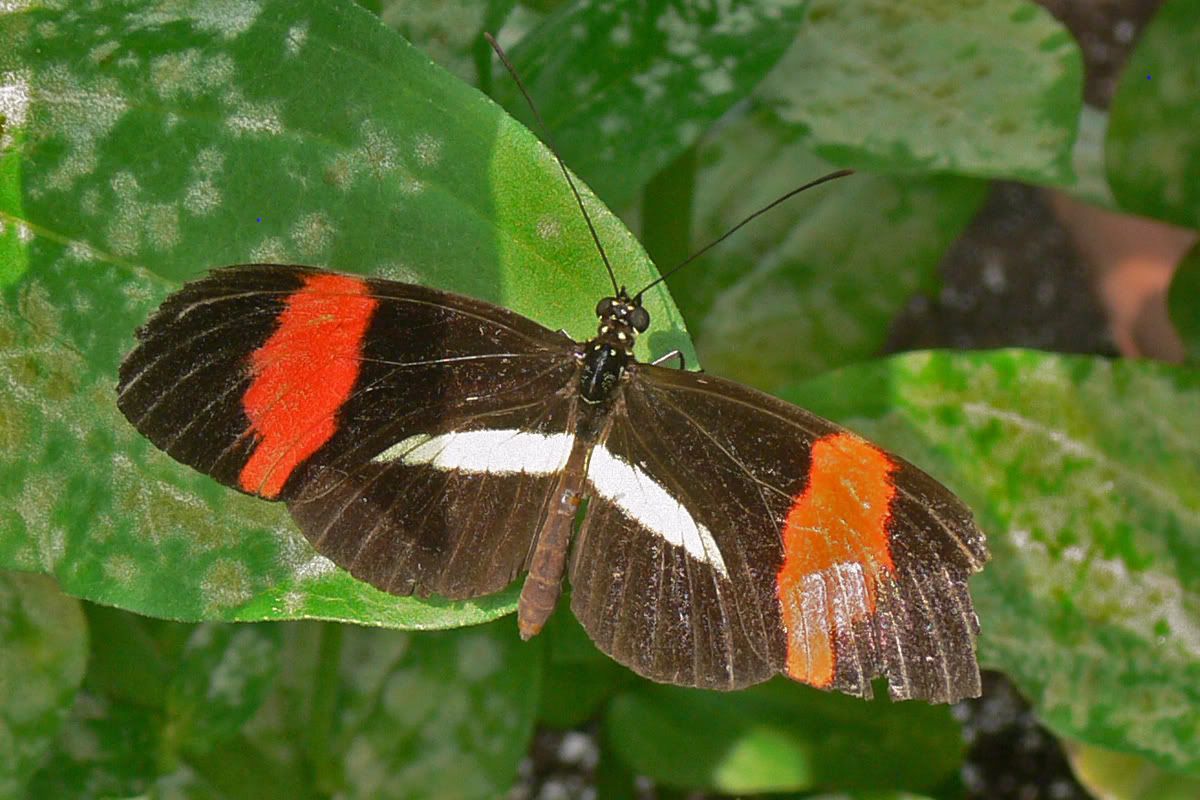
Tiger Longwing Heliconius ismenius
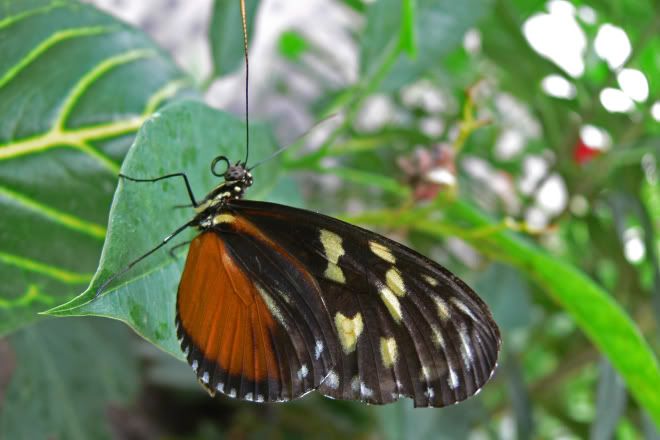
Isabella's Longwing Eueides isabella
After some debate, this appears to be an Isabella rather than a Tiger. What clenches it is the horizontal band across the middle of the forewing; this is broken in the Tiger but continuous in the Isabella, as here.
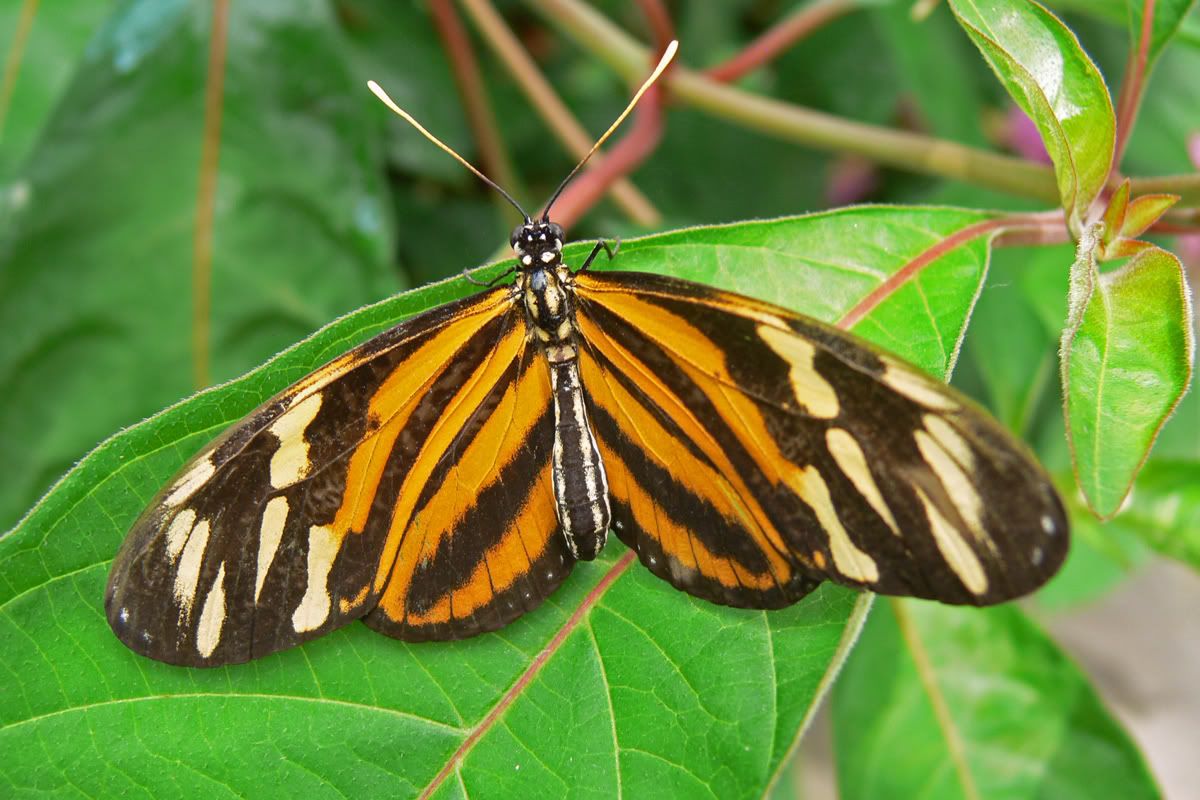
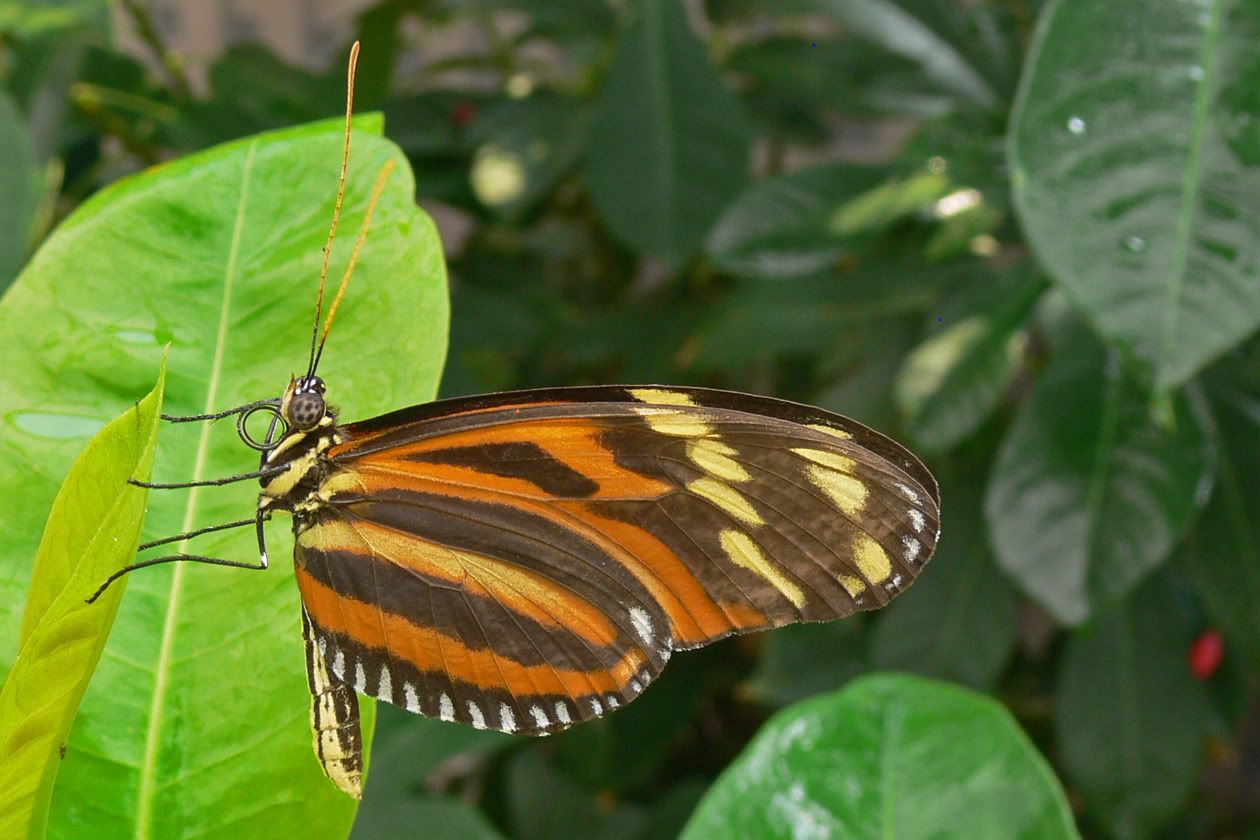
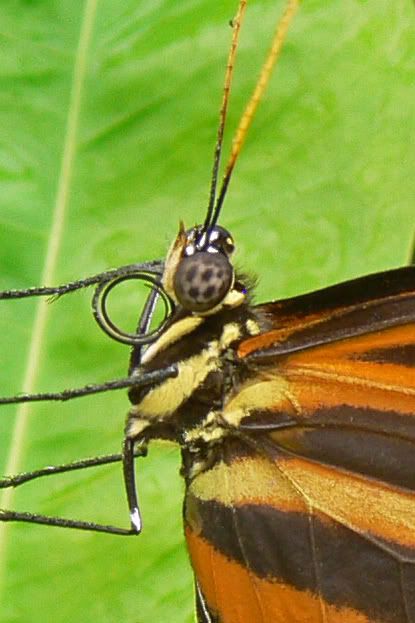
Banded Longwing Dryadula phaetusa
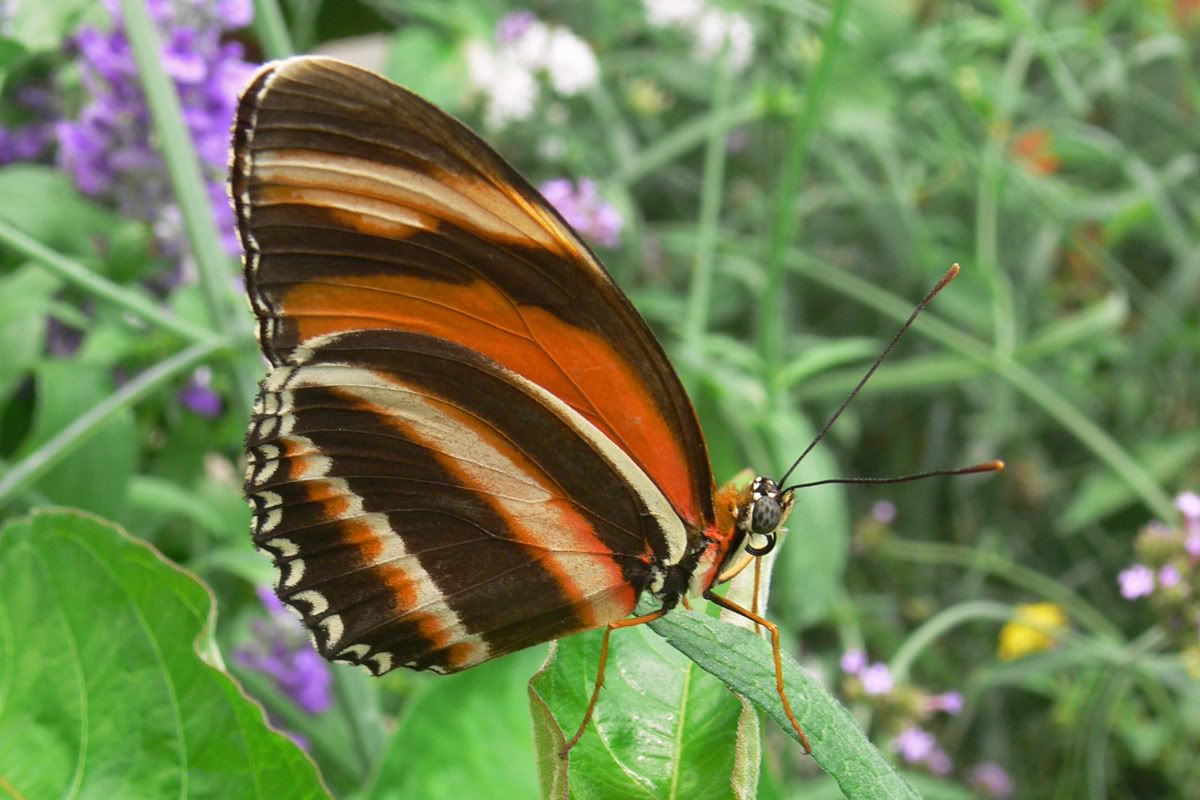
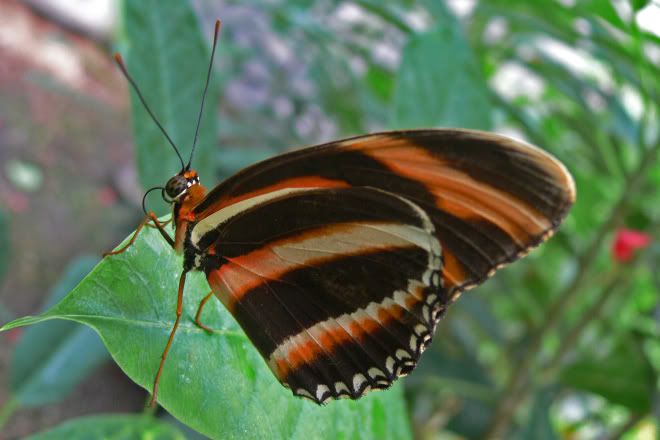
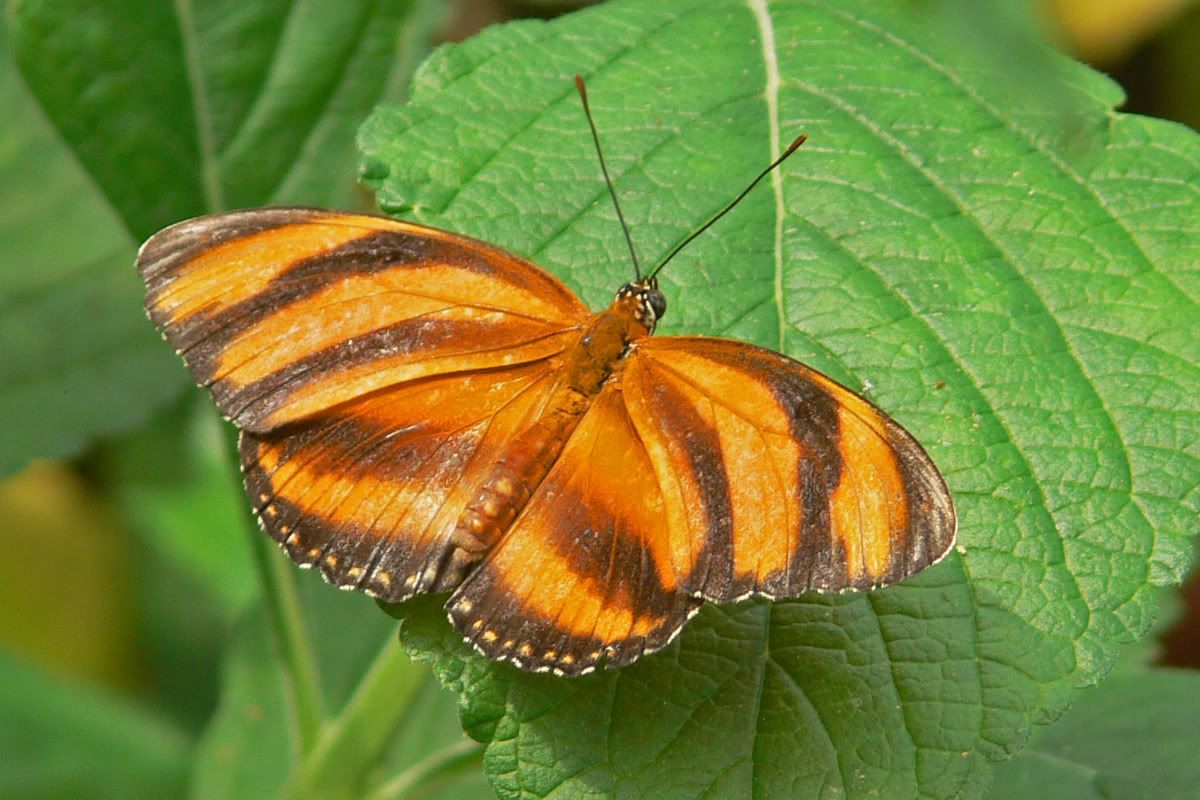
Unknown longwing

Nymphalids: Junonia
Chocolate Pansy Junonia iphita
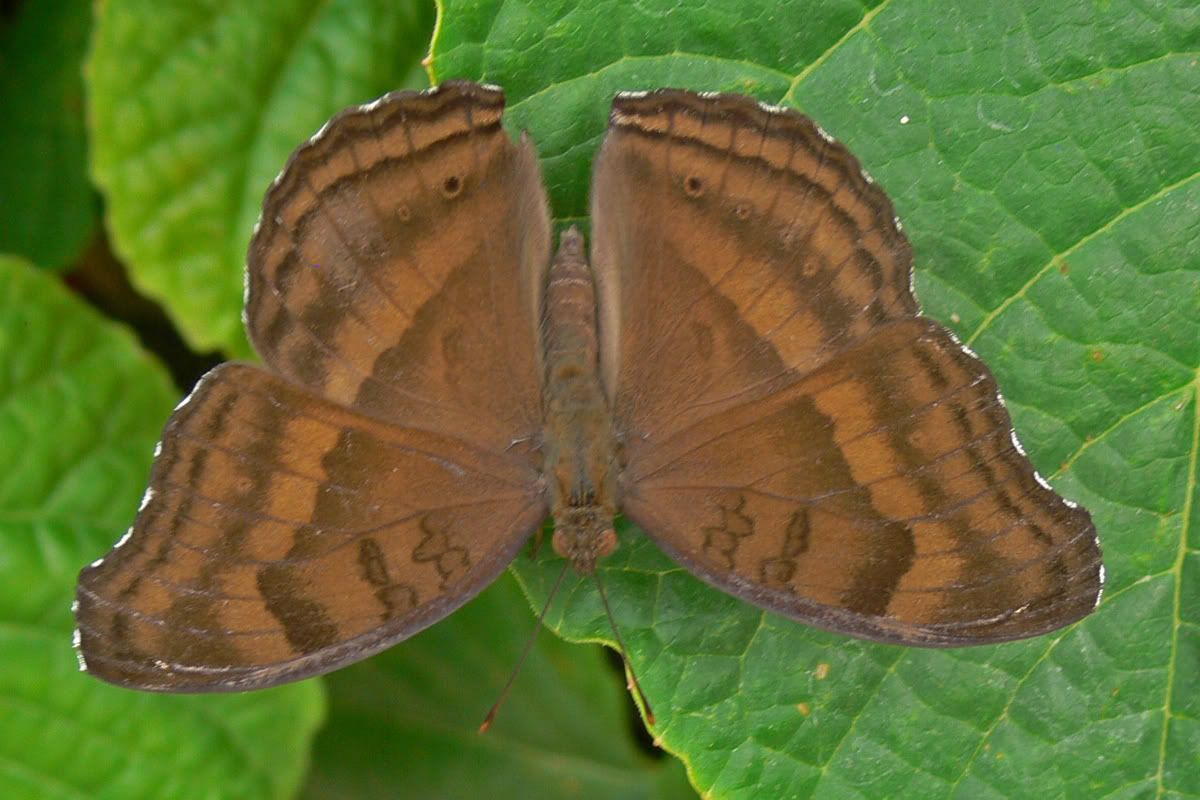
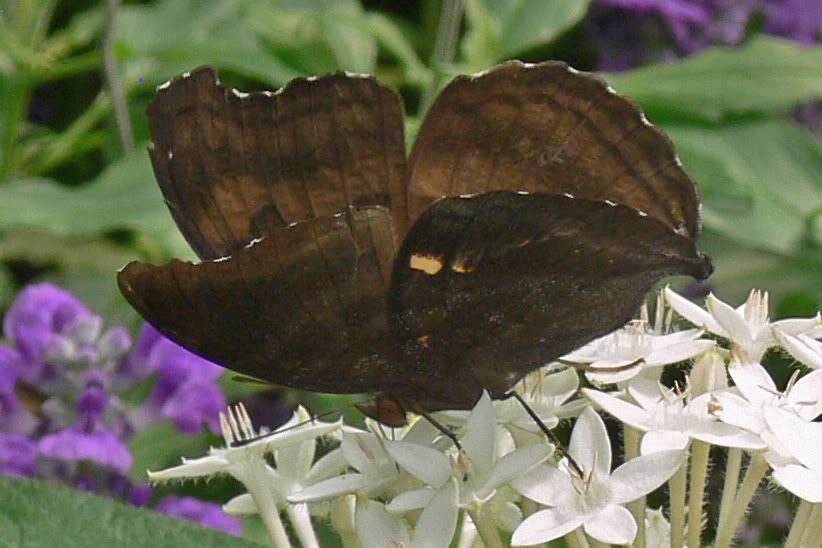

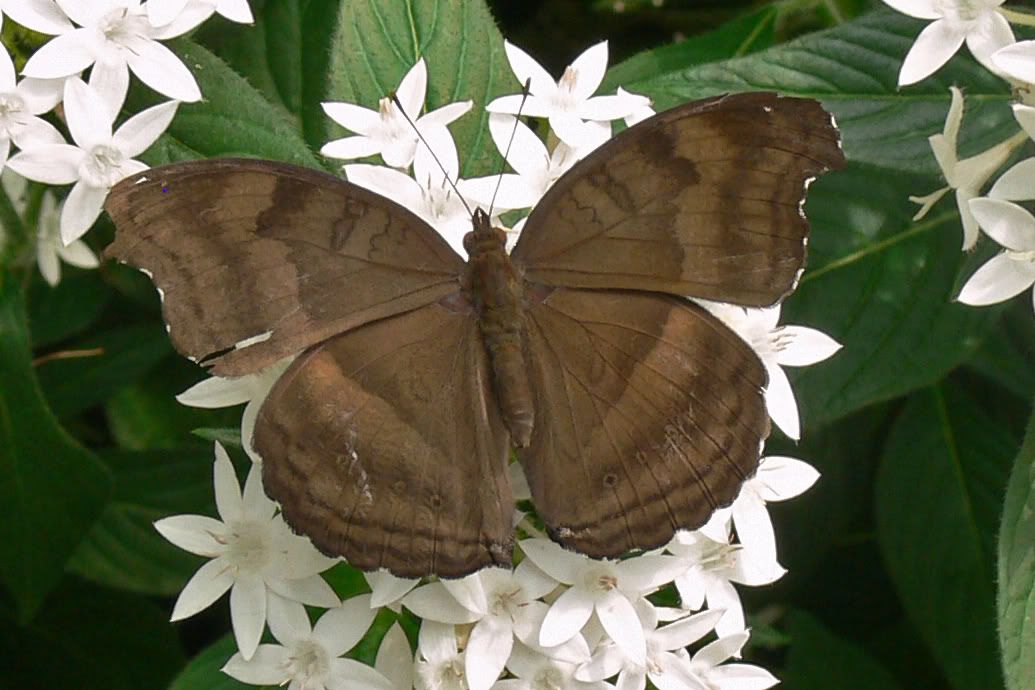
Lemon Pansy Junonia lemonias

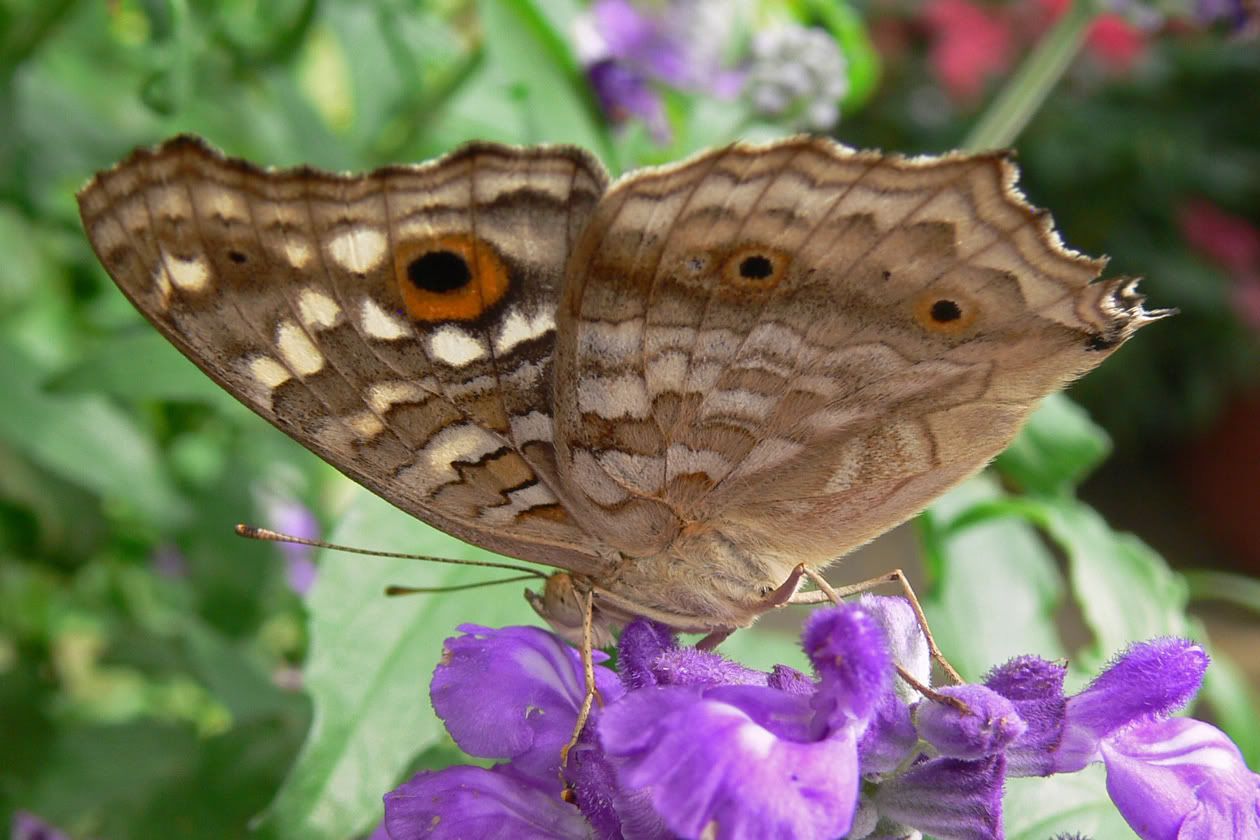
The Buckeye, Junonia coenia was here also, but I took no shots.
Nymphalids: Morphos and Owl Butterflies
Morpho helenor

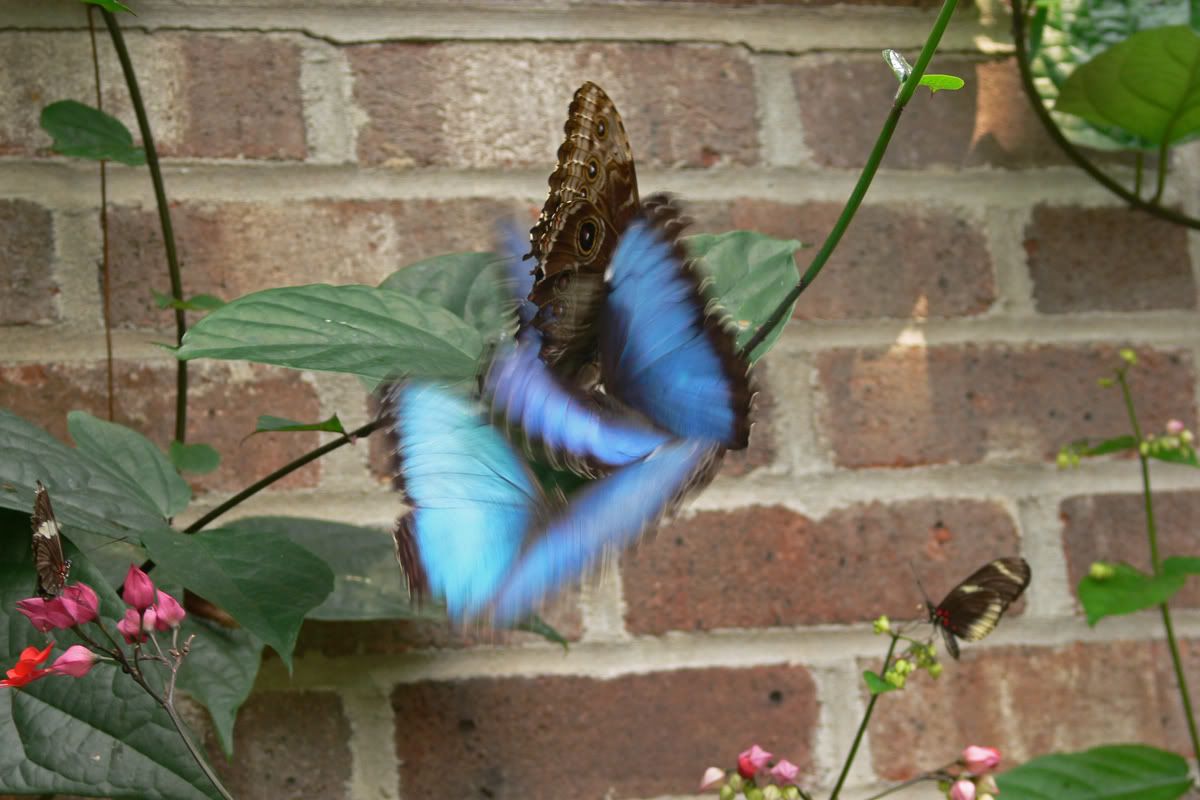
Two images of the same individual with different lighting

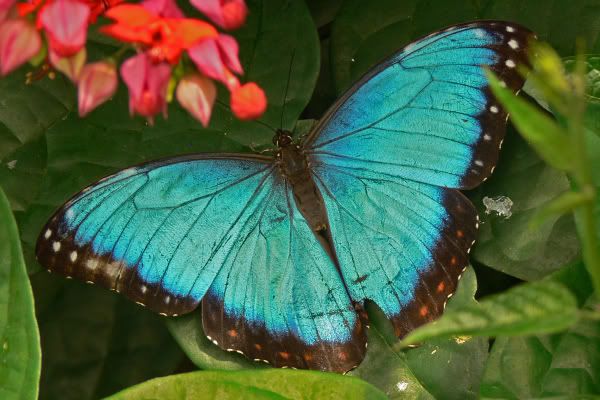
Caligo sp.
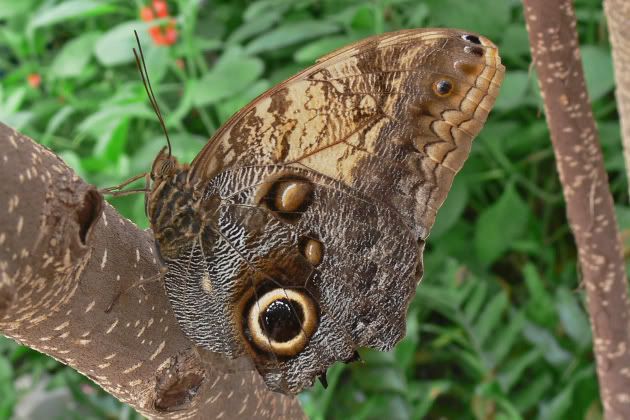
Misc. Nymphalids
The White Peacock Anartia jatrophae
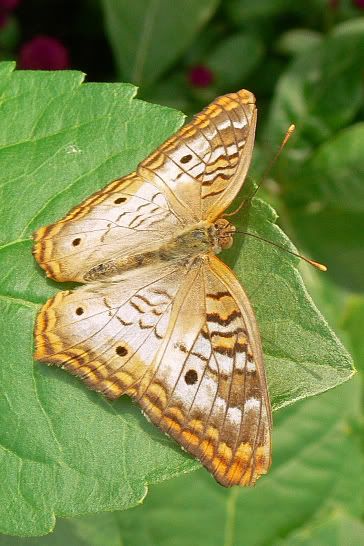
Clippers Parthenos sylvia
Two different subspecies are featured here:
P. sylvia lilacinus
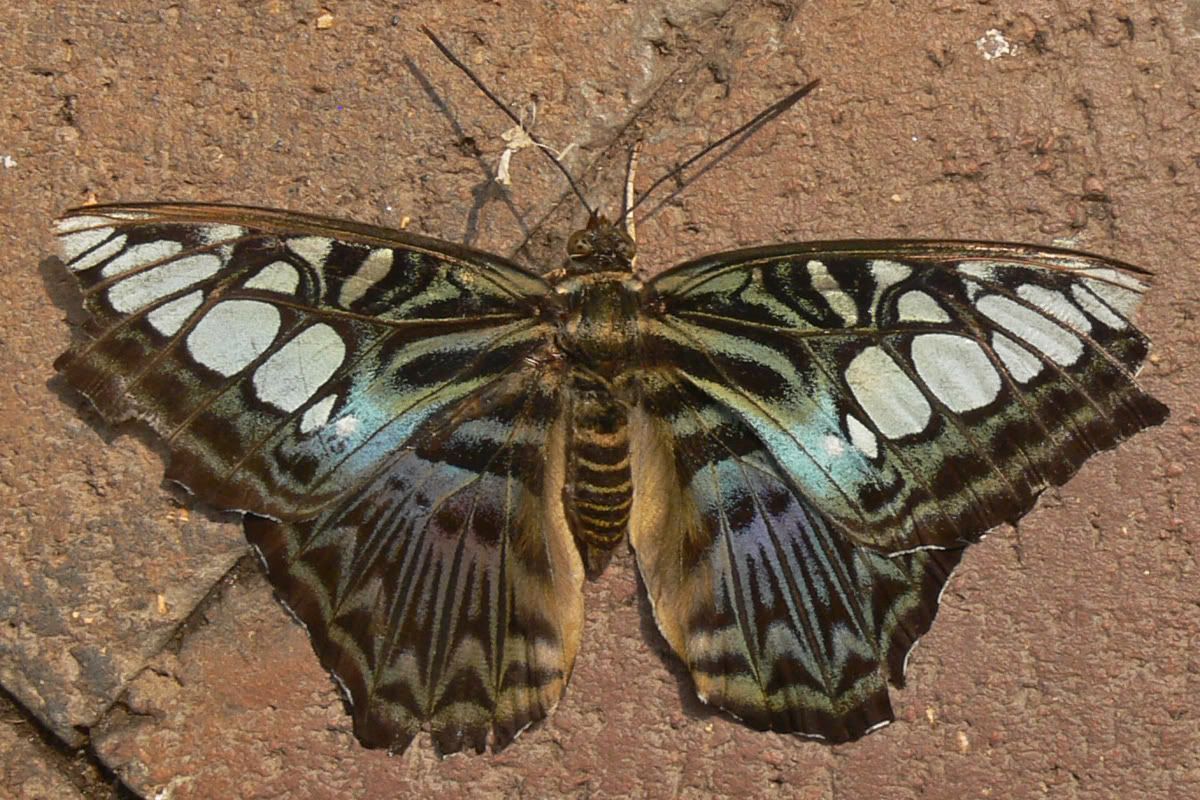
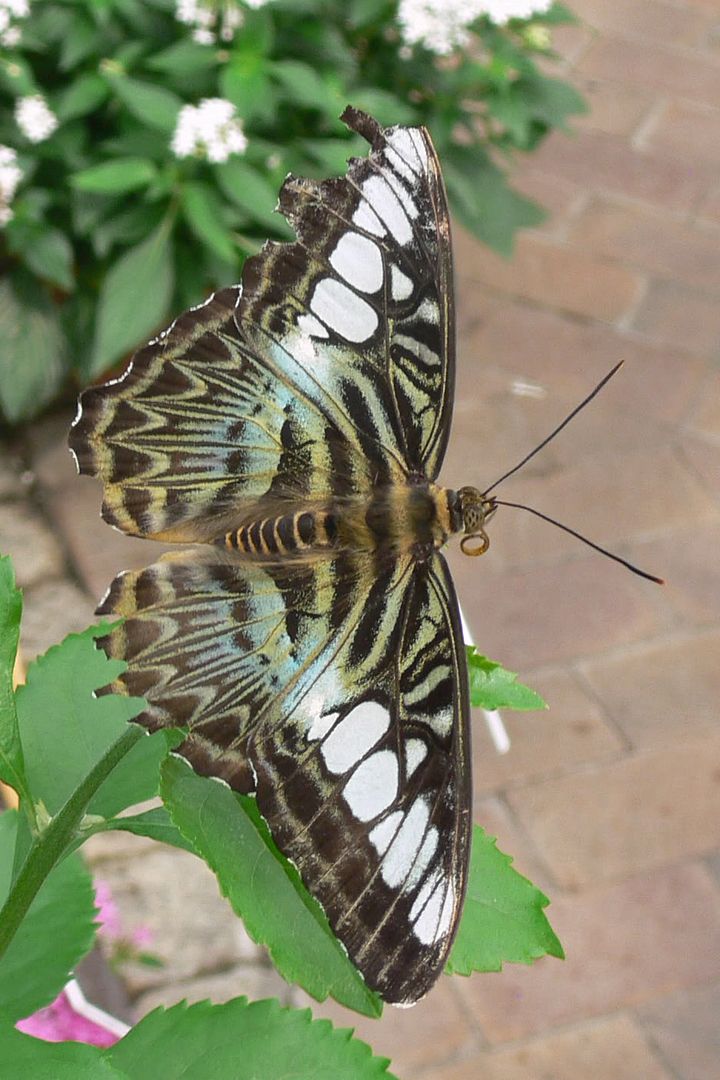
P. sylvia philippensis
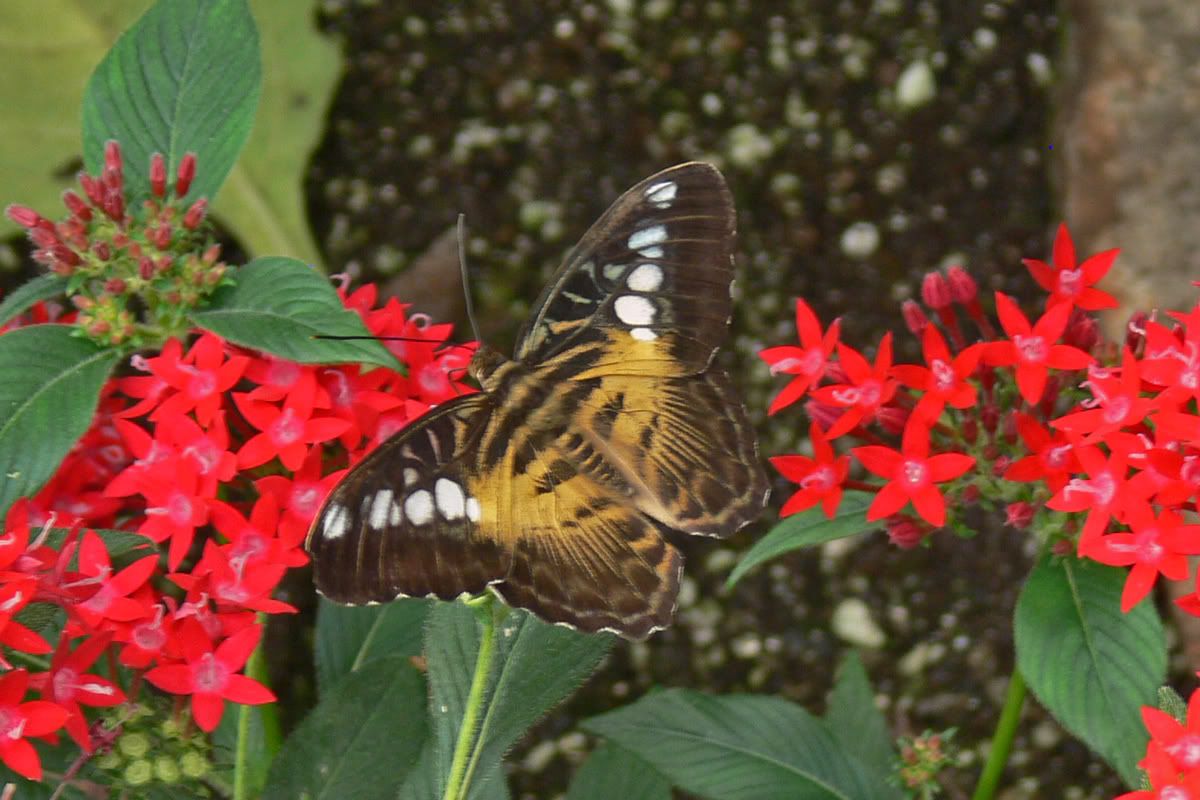
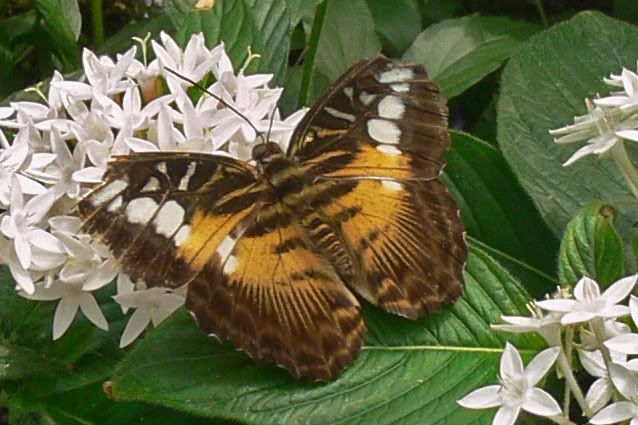
The Question Mark Polygonia interrogationis
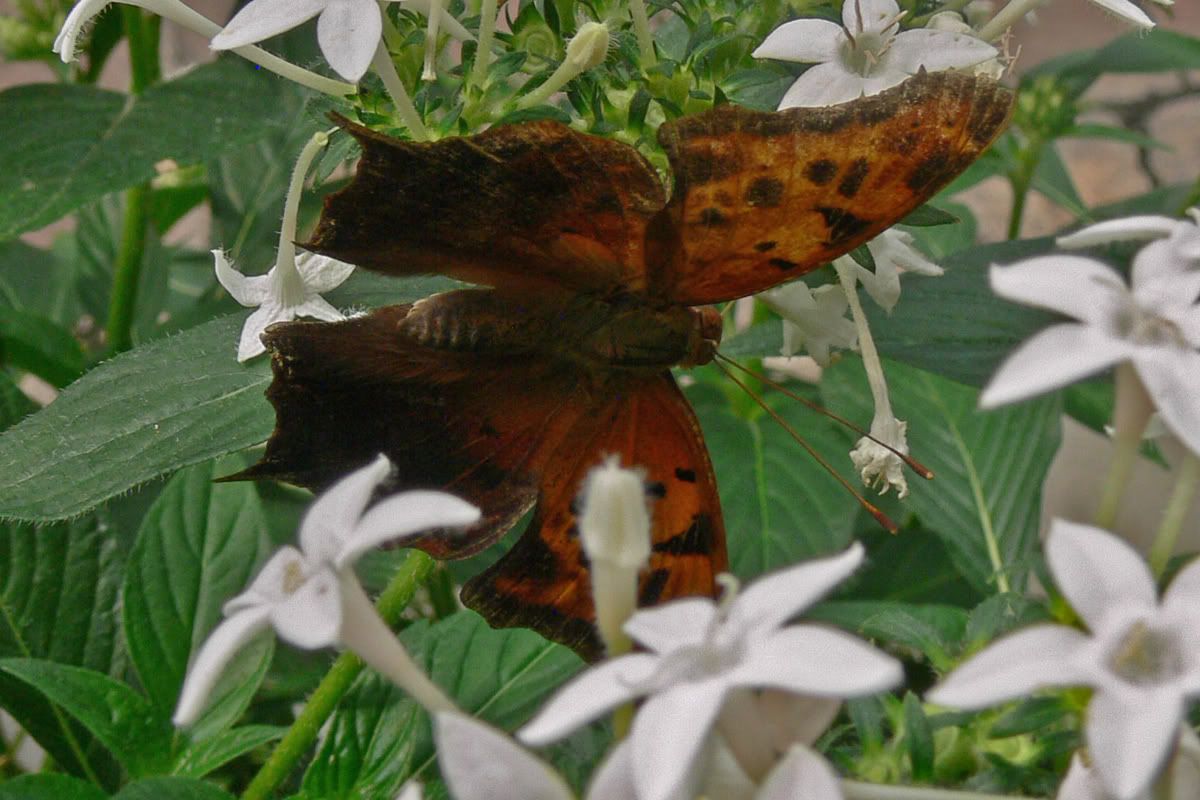
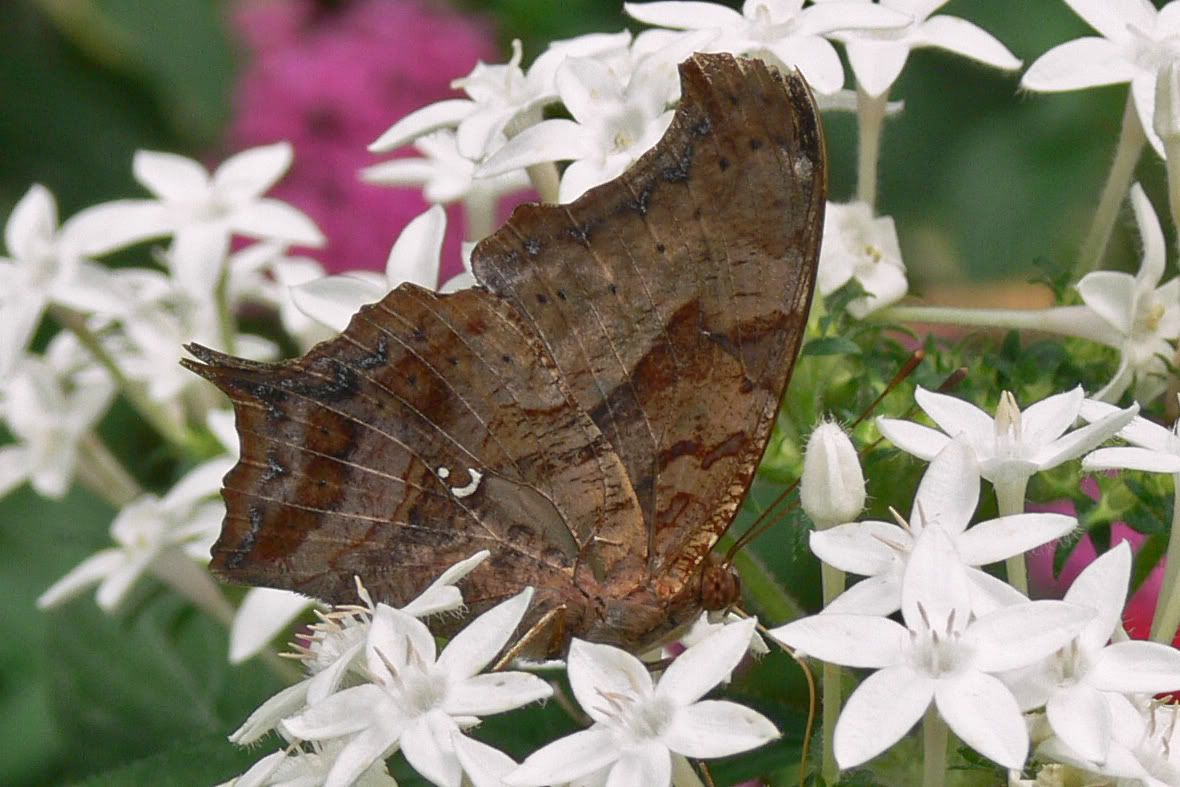
Silver Checkerspot Chlosyne nycteis
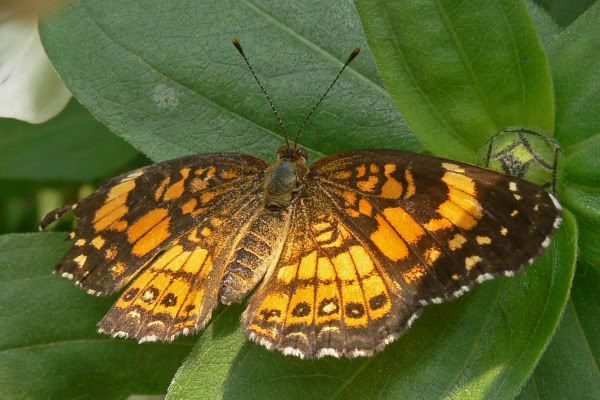
Lacewing Cethosia sp.
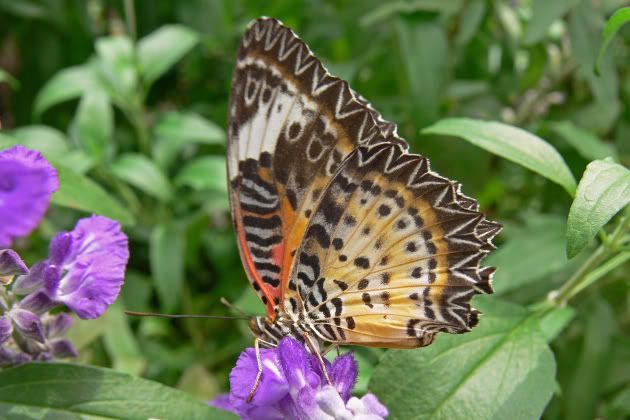
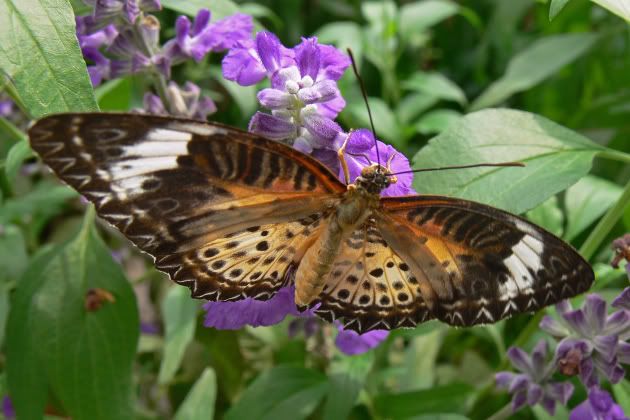
Pointed Leafwing Fountinea eurypyle?

Unknown Nymphalid 1
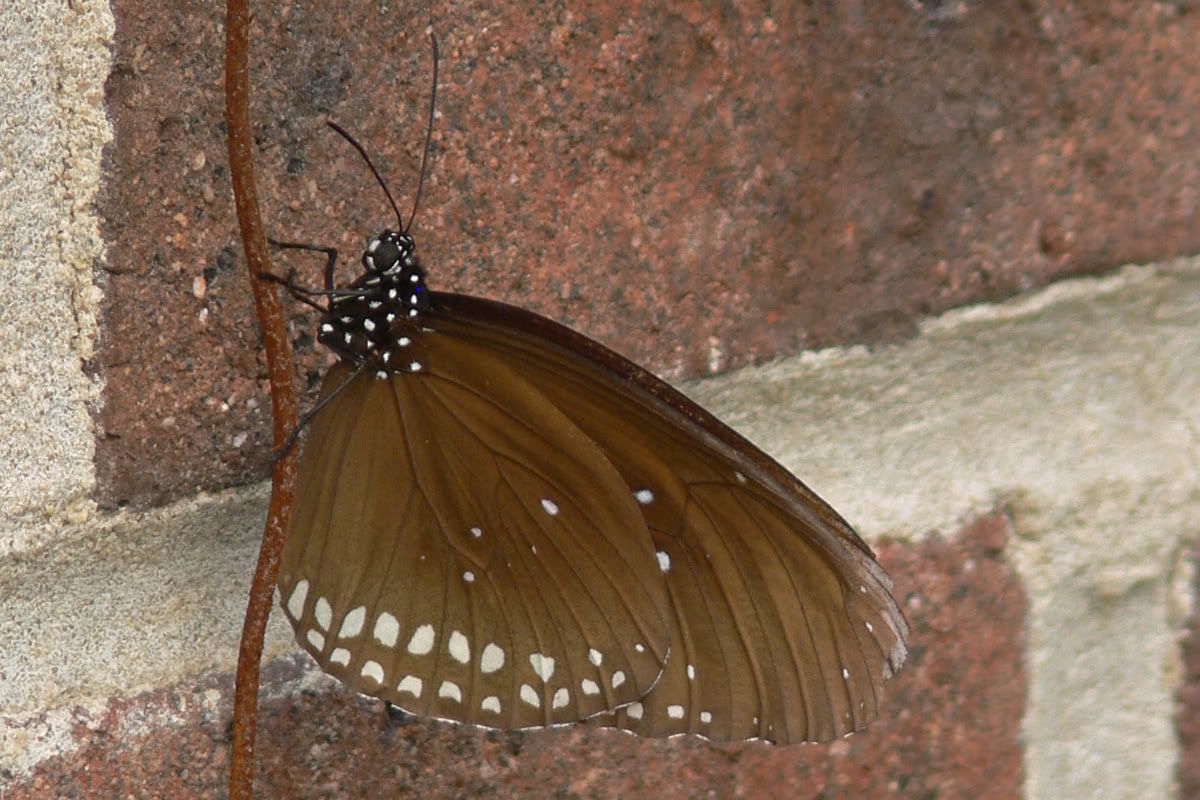
Unknown Nymphalid 2
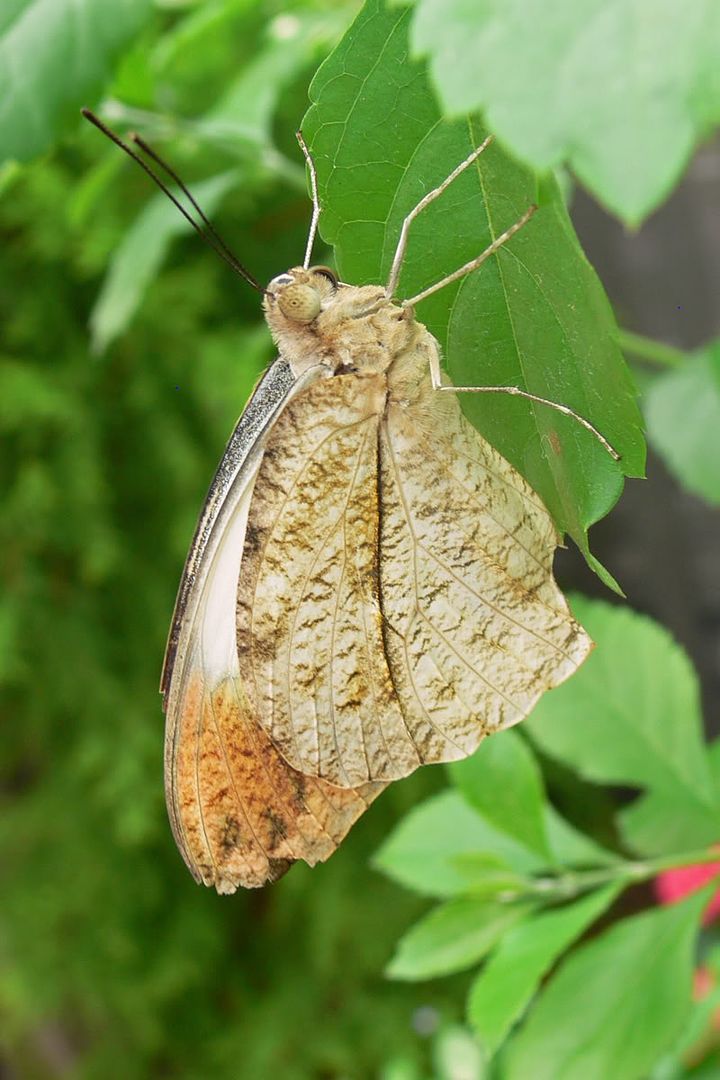
Doleschallia sp.?
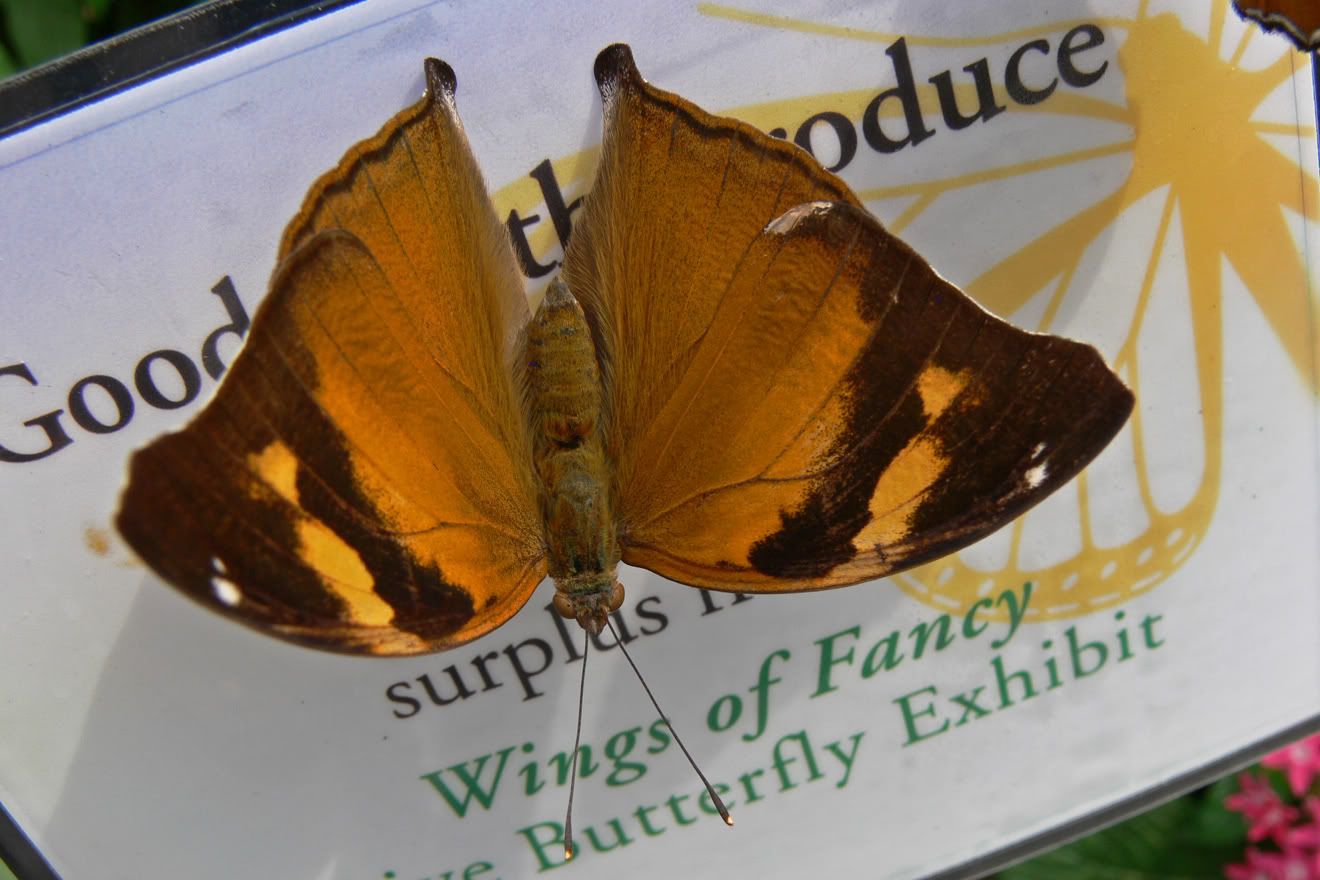
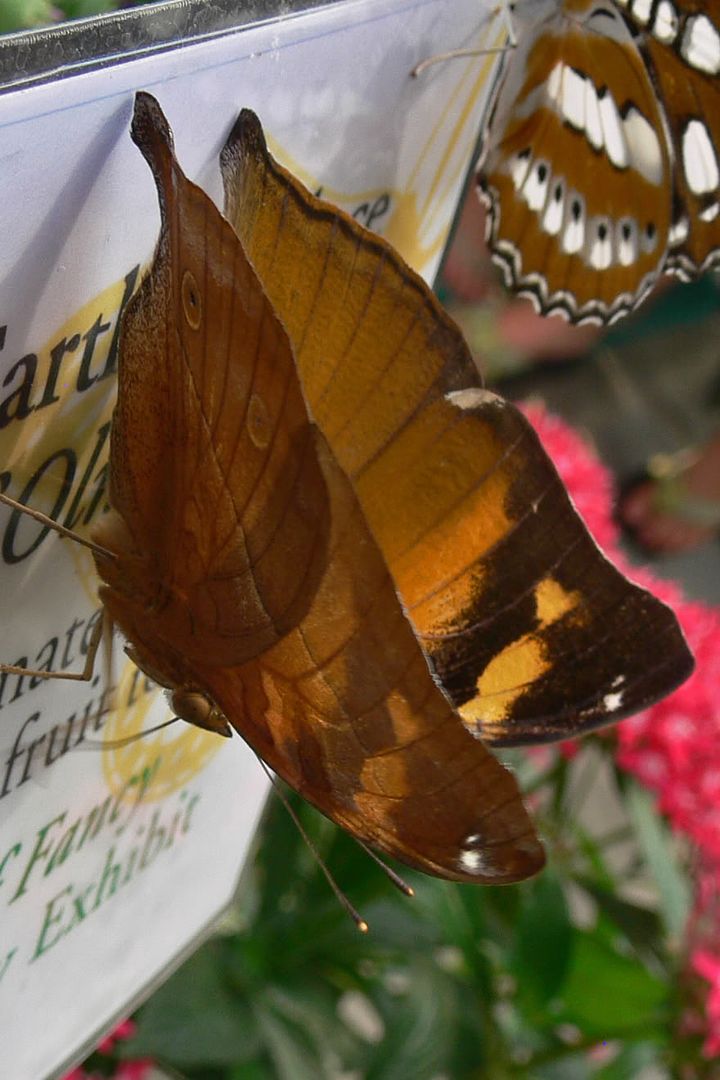
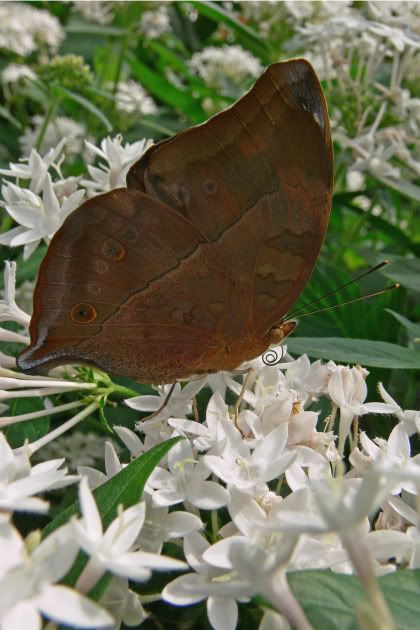
Crimson Patch Chlosyne janais janais
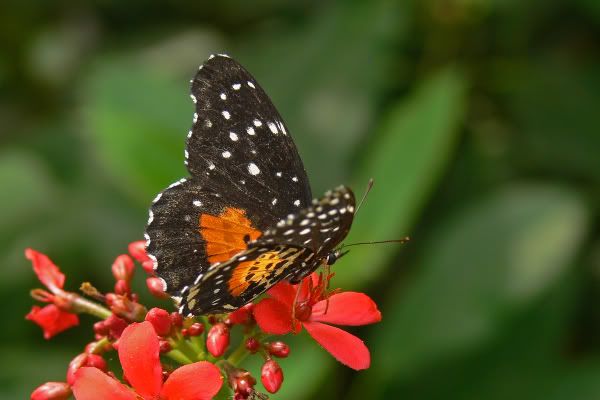
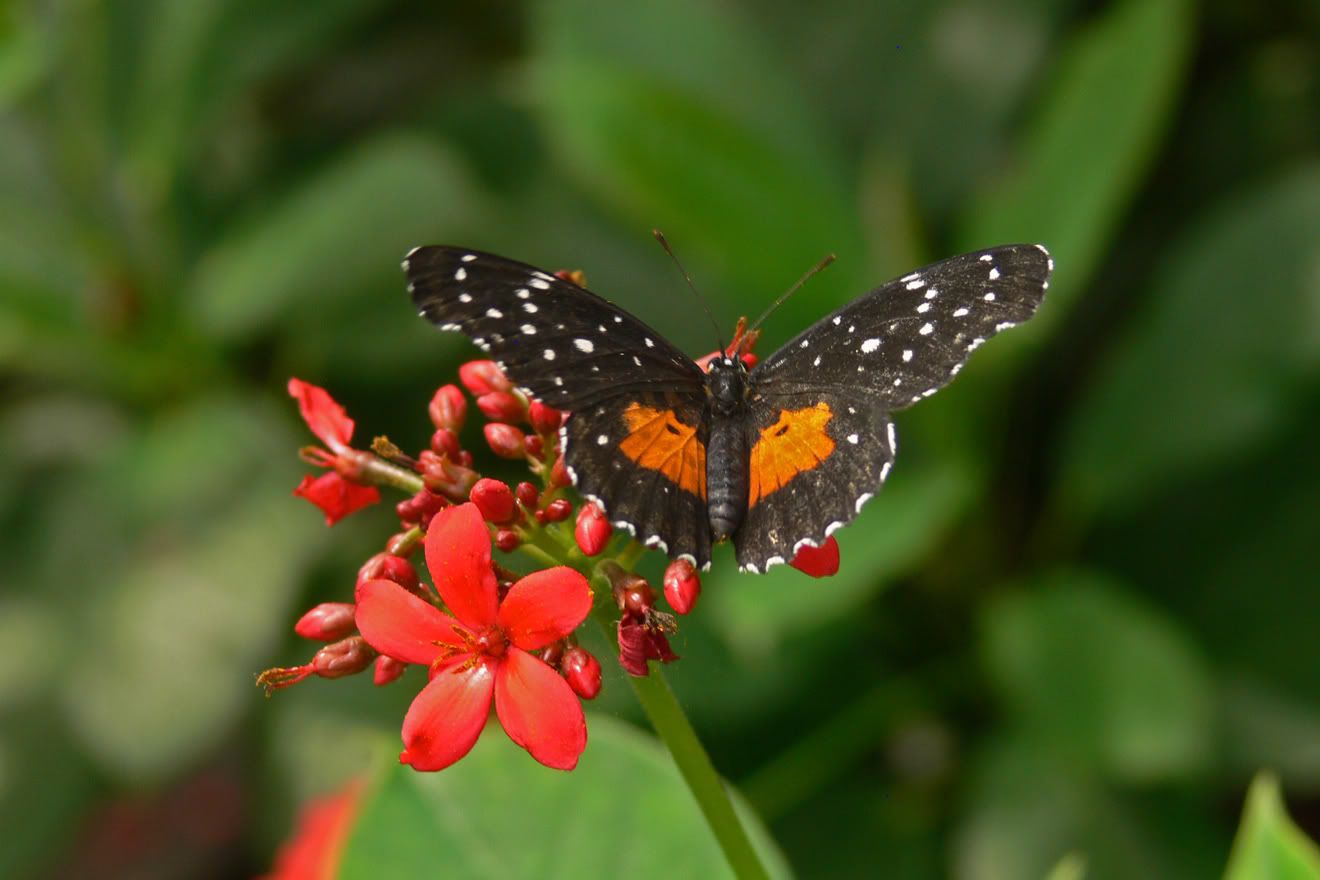
Paper Kite Butterfly Idea leuconoe
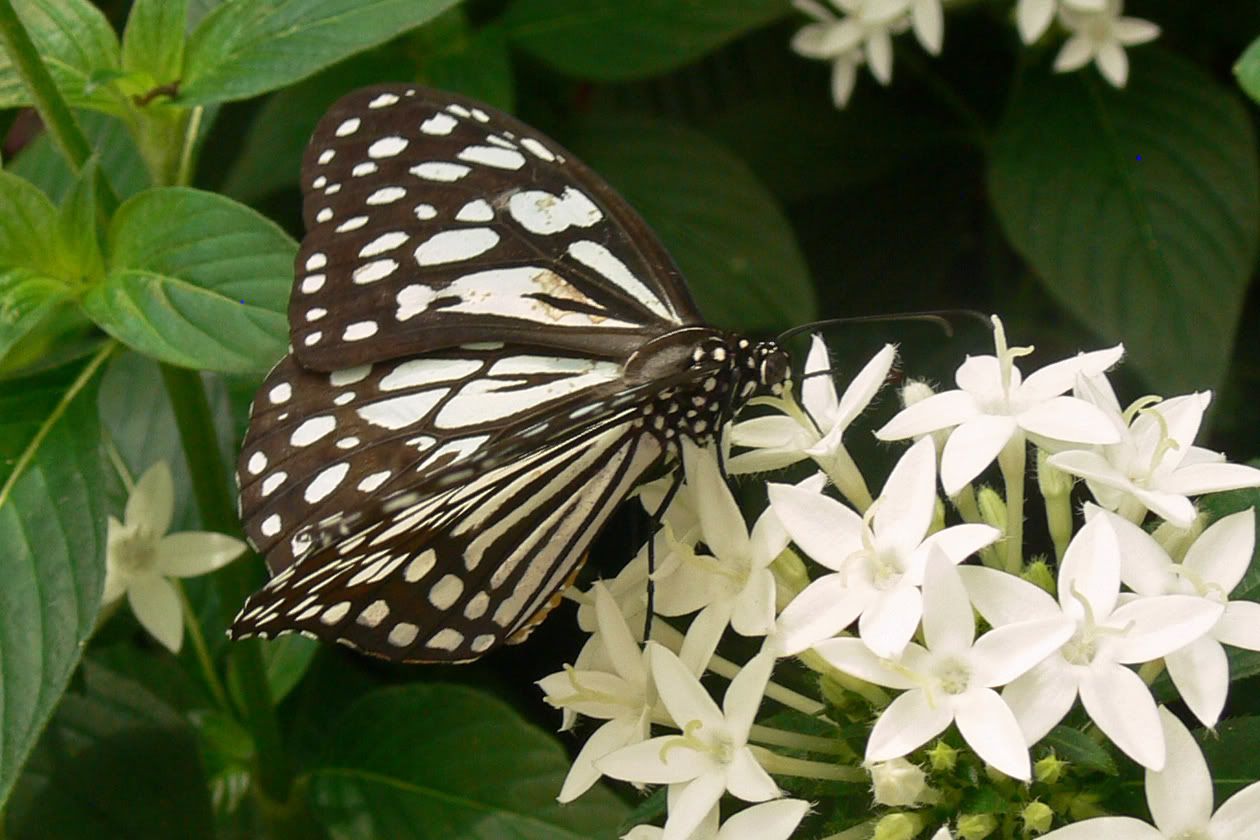
Swallowtails Papilionidae
Variable Cattleheart Parides erithalion polyzelus
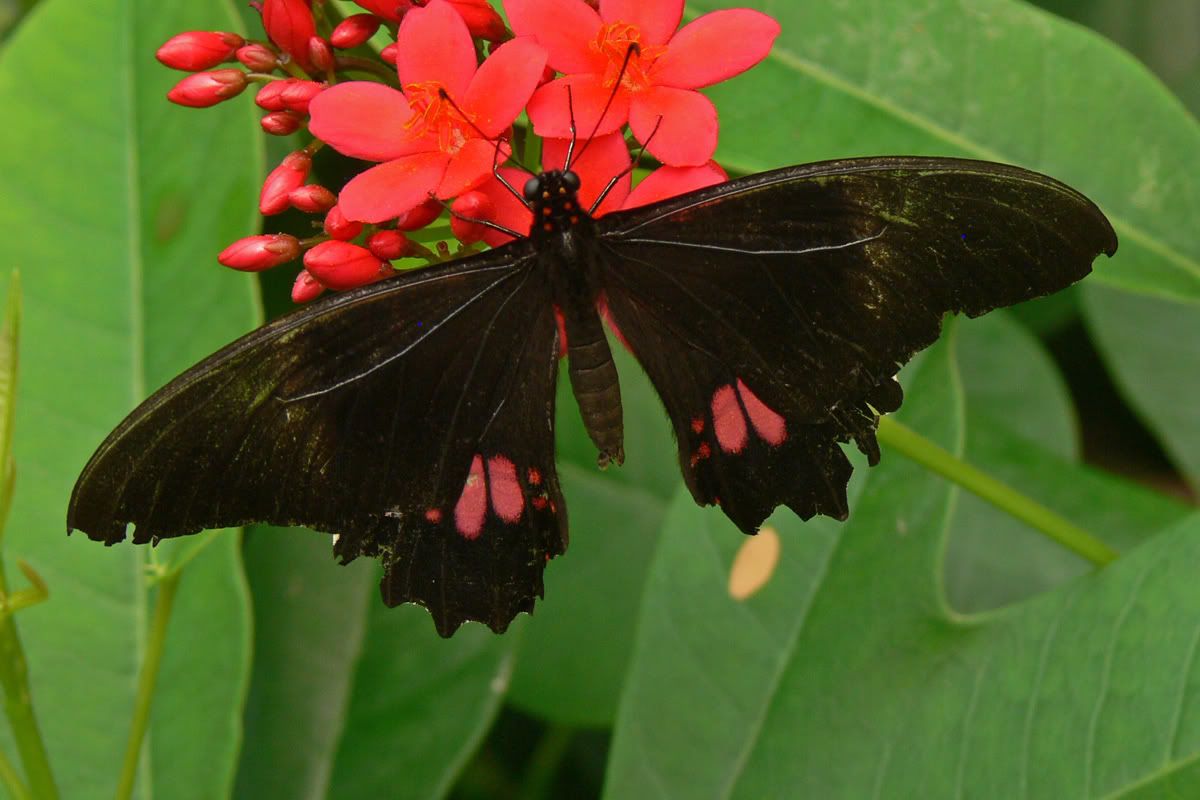
Xuthus Swallowtail Papilio xuthus
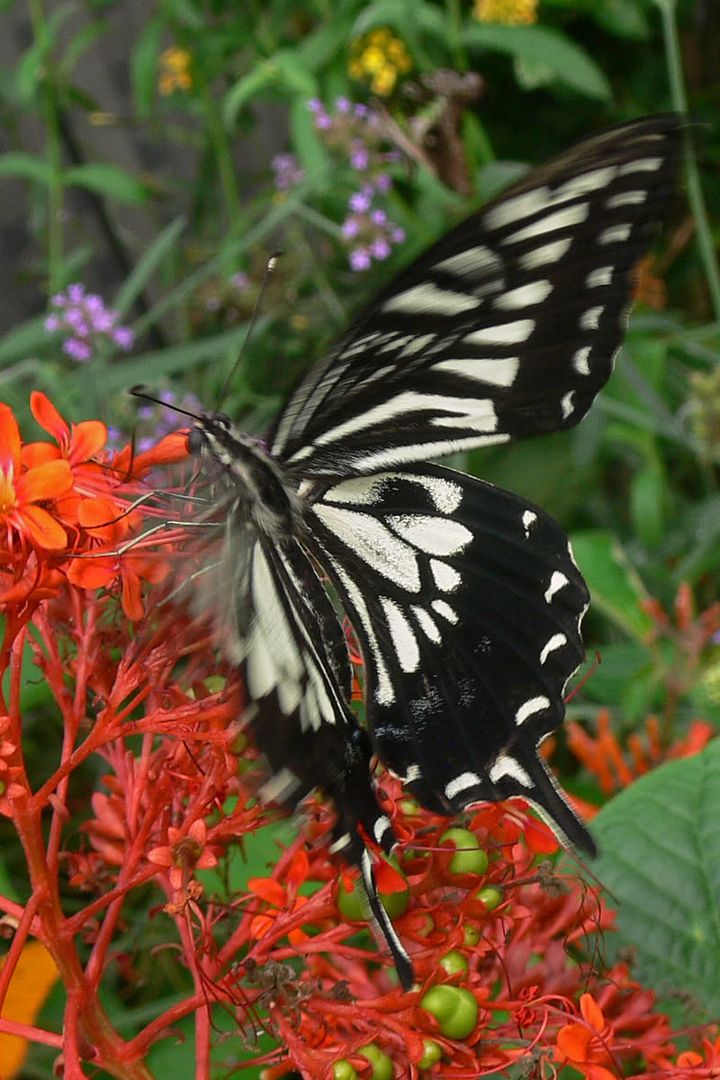
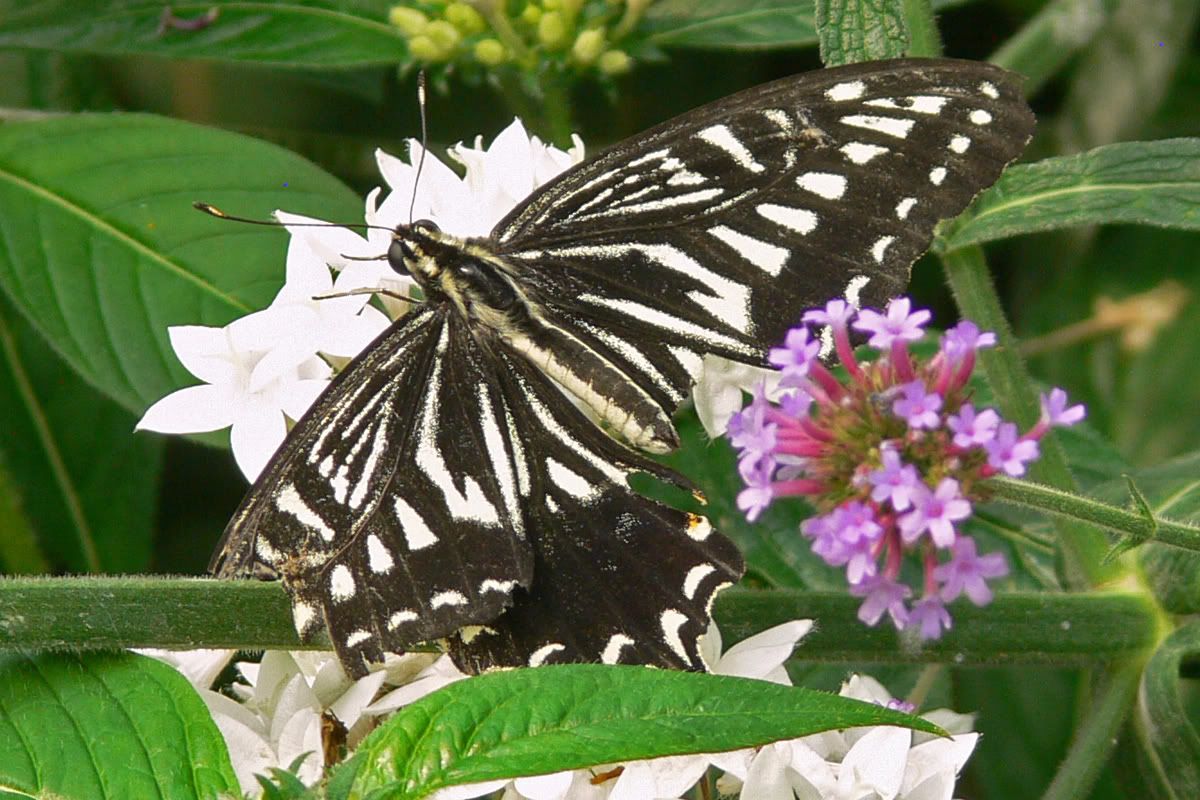
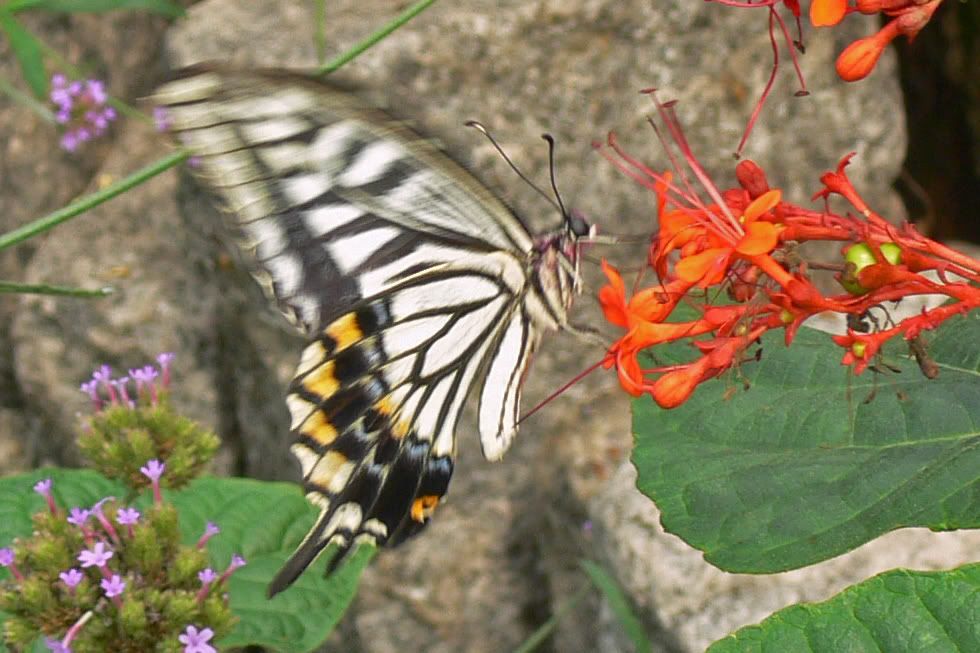
Great Mormon Swallowtail Papilio memnon agenor. This is a female; the species is substantially dimorphic.
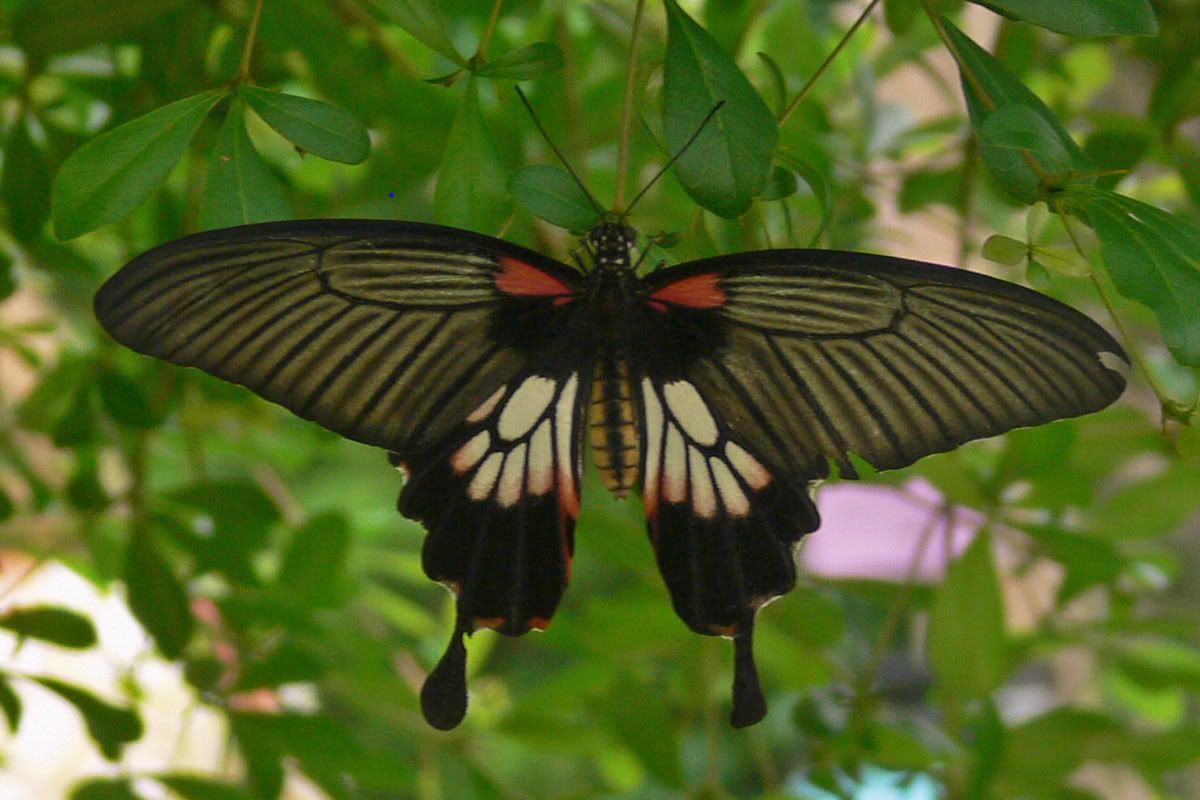
Tailed Jay Graphium Agamemnon
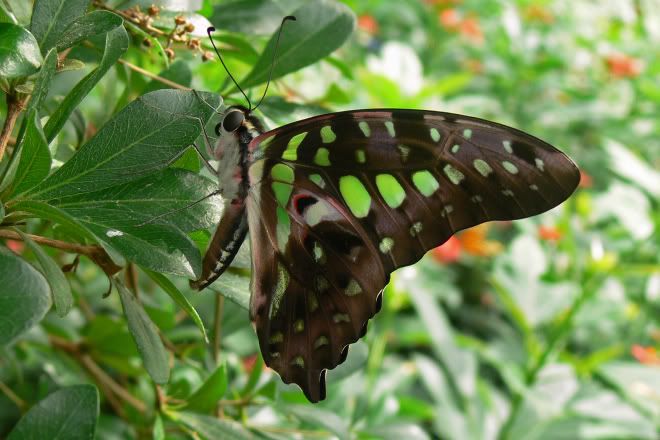
Pipevine Swallowtail Battus philenor. These butterflies, native to MD, are bred in captivity, and it is unclear whether they remain in the house or are released into the wild. The former option is more likely, since bred butterflies might be disease vectors.
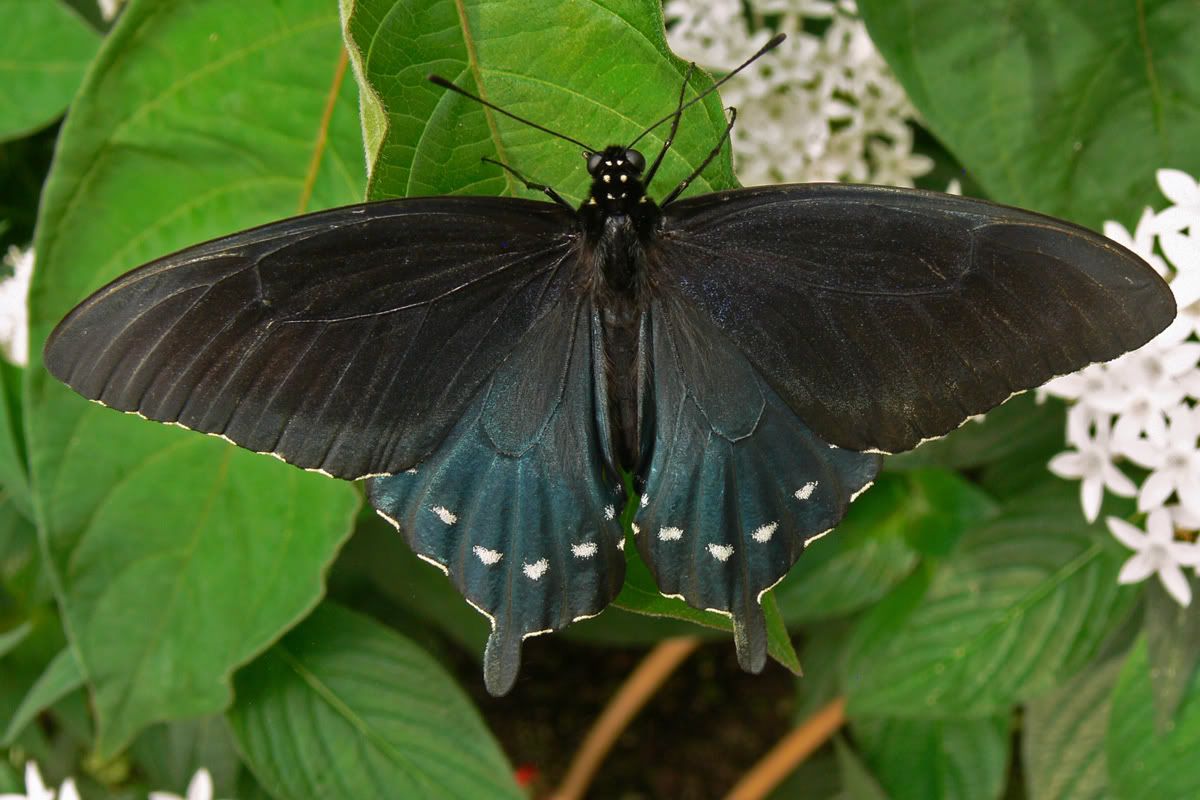
Hairstreaks Lycaenidae
Atala Eumaeus atala

Atlas moths!
The Atlas Moth Attacus atlas. My parents gave me a framed pair of these for my 12th birthday. It was an inspiration; how much more inspiring are these live ones!
The moths are sexed by the clear windows on the forewing. The female's window is large, with the point digging directly into the margin. These two are females.
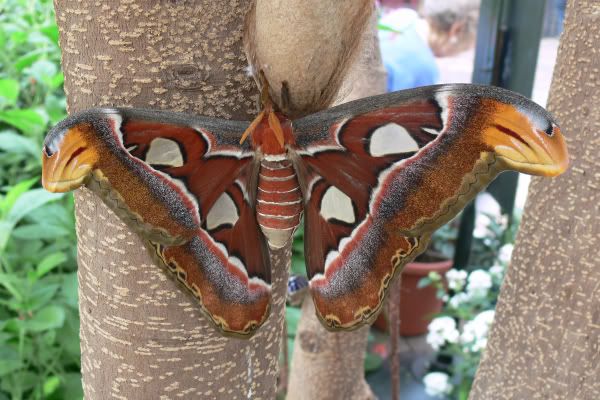
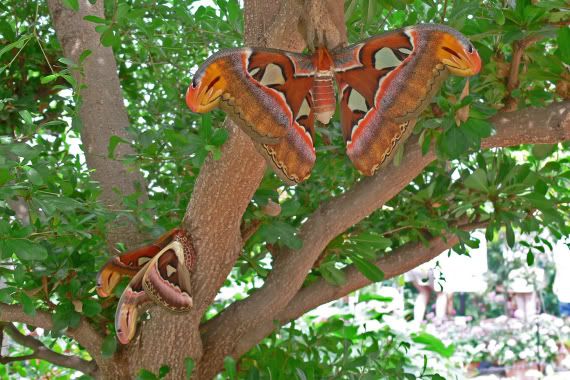
Mating pair. The male is in the foreground, with its forewing window at a somewhat oblique angle to the margin.
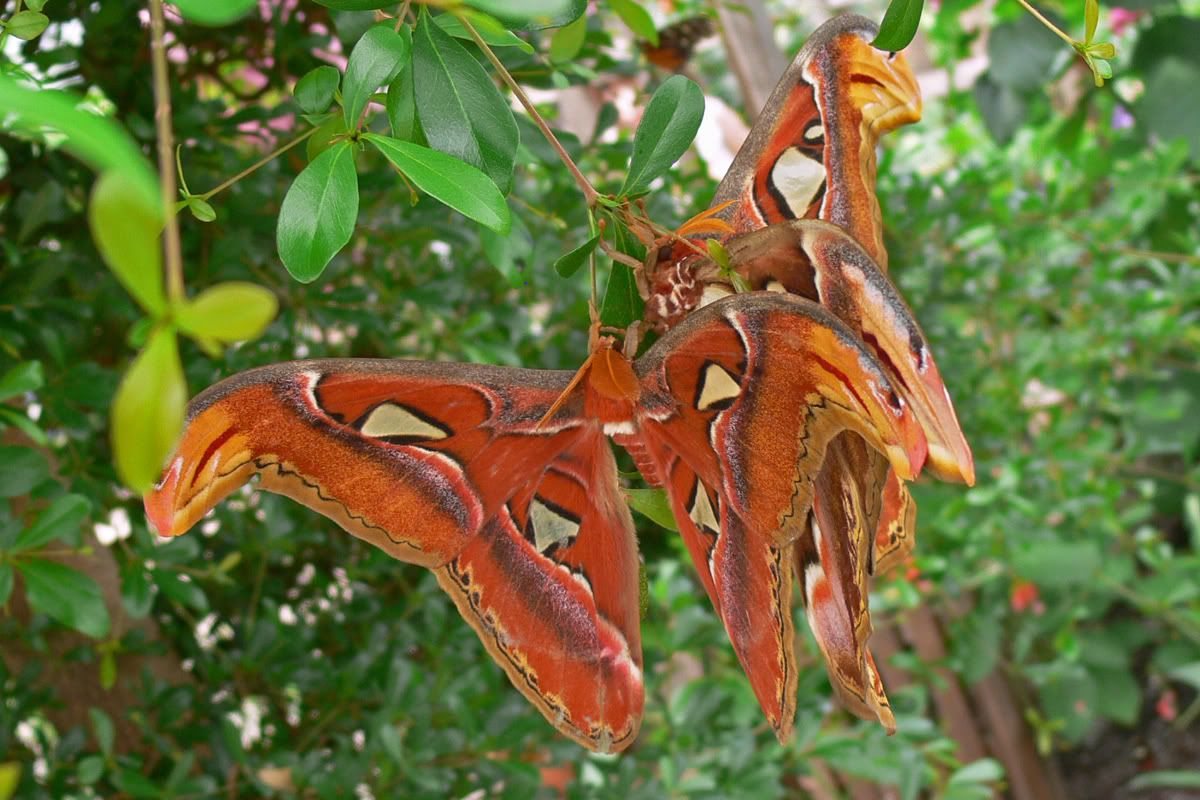
JRC Read more...
Posted by
Jeff Cagle
at
8:42 PM
3
comments
![]()
Labels: Butterflies
Subscribe to:
Posts (Atom)
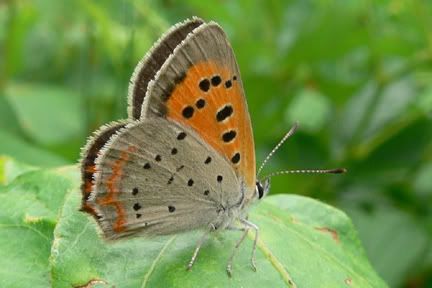
Fiery Skipper
Peck's Skipper
Sachem Atalopedes campestris
This is a strongly-marked female. I saw no males on this day, but I have plenty in my garden!
Pipevine Swallowtail Battus philenor
This was a shy individual. Since I've been seeing Pipevines all over the place this year, it's unclear whether he is a native or a releasee from the butterfly house inside.
Eastern Tiger Swallowtail Papilio glaucus
I had fun taking shots of this female from about 50 yards away at the full 420mm extension of my camera's lens.
A much more cooperative male
A Silver Spotted Skipper Epargyreus clarus
An unknown beetle Coleoptera